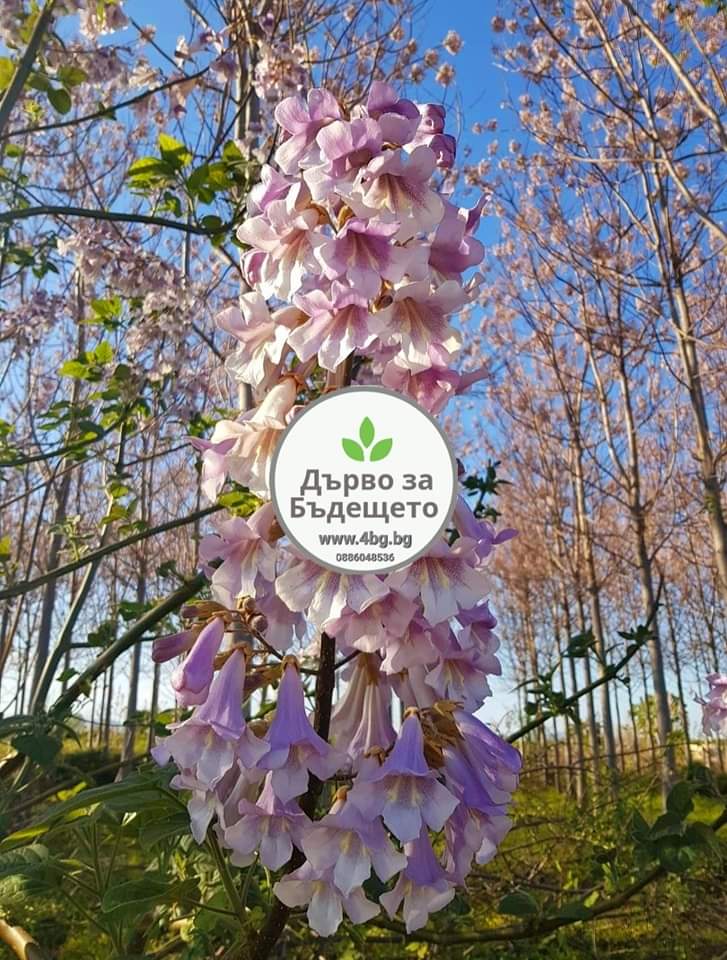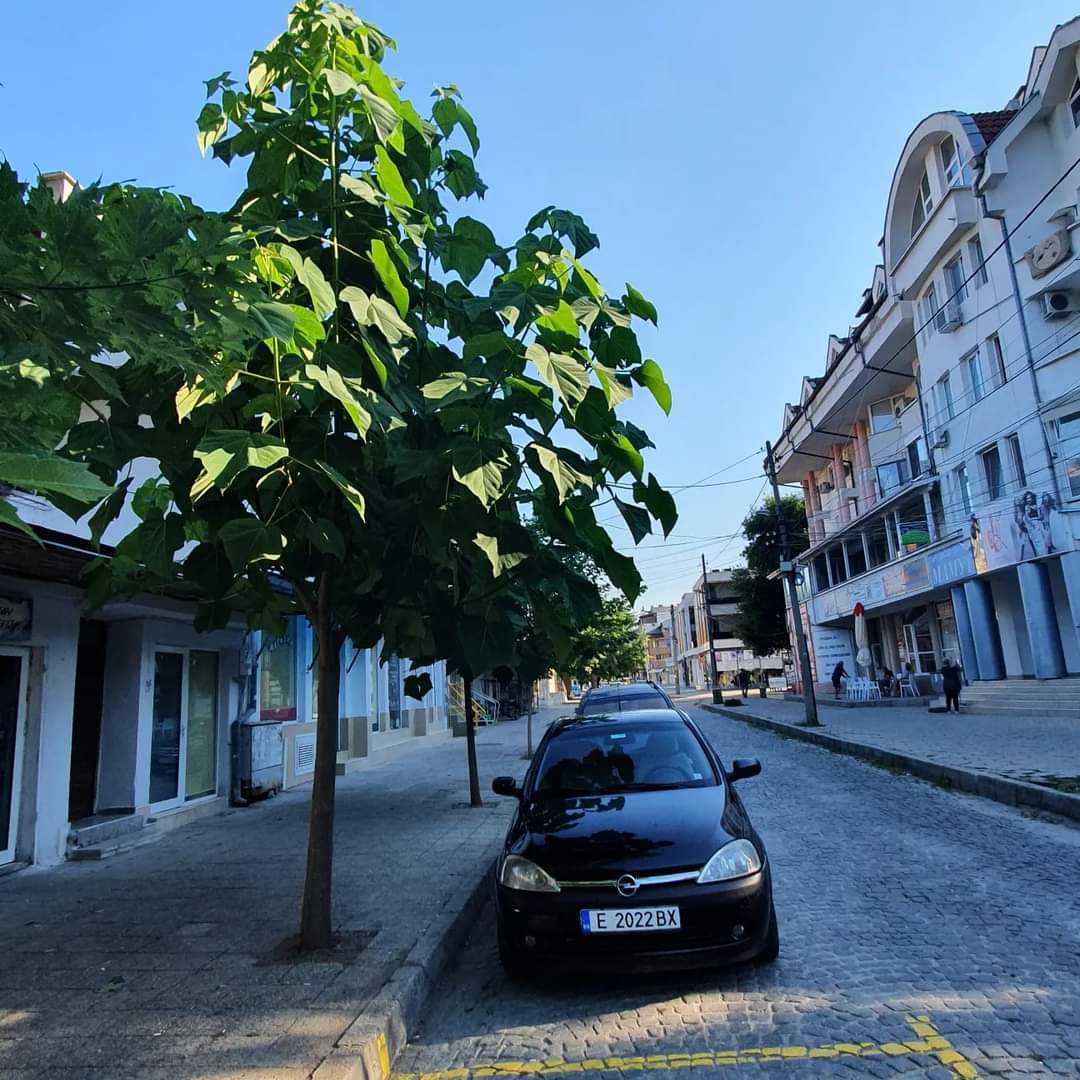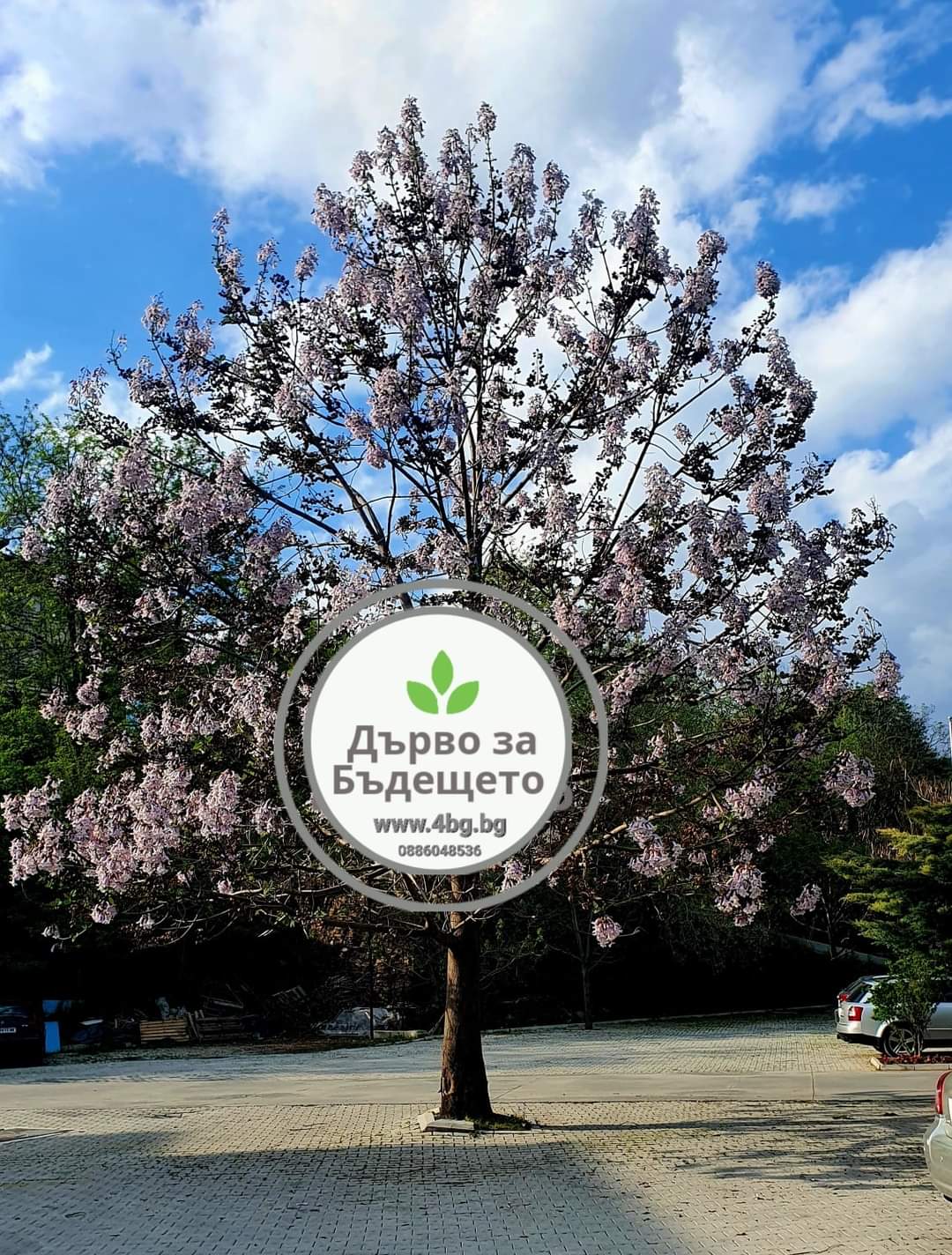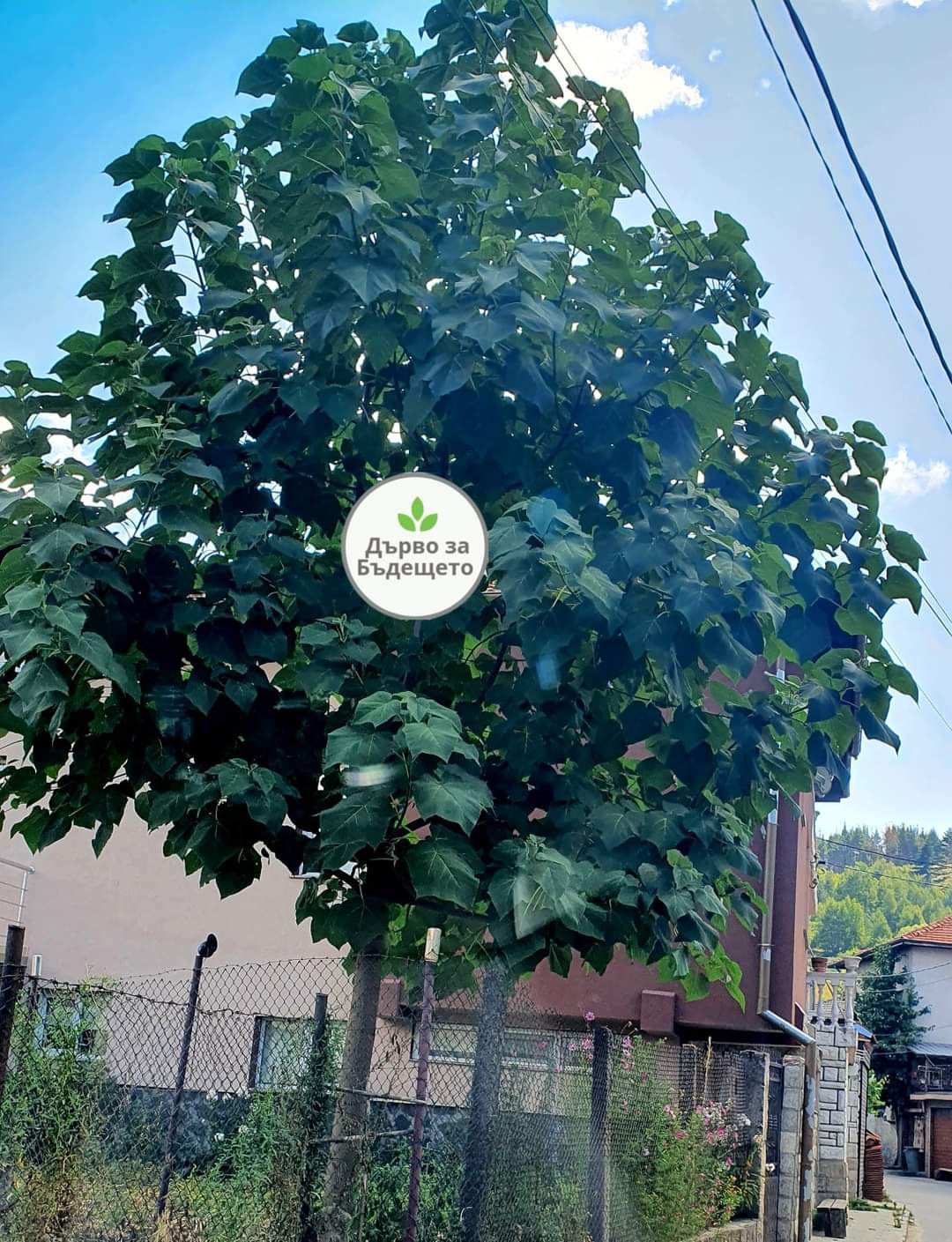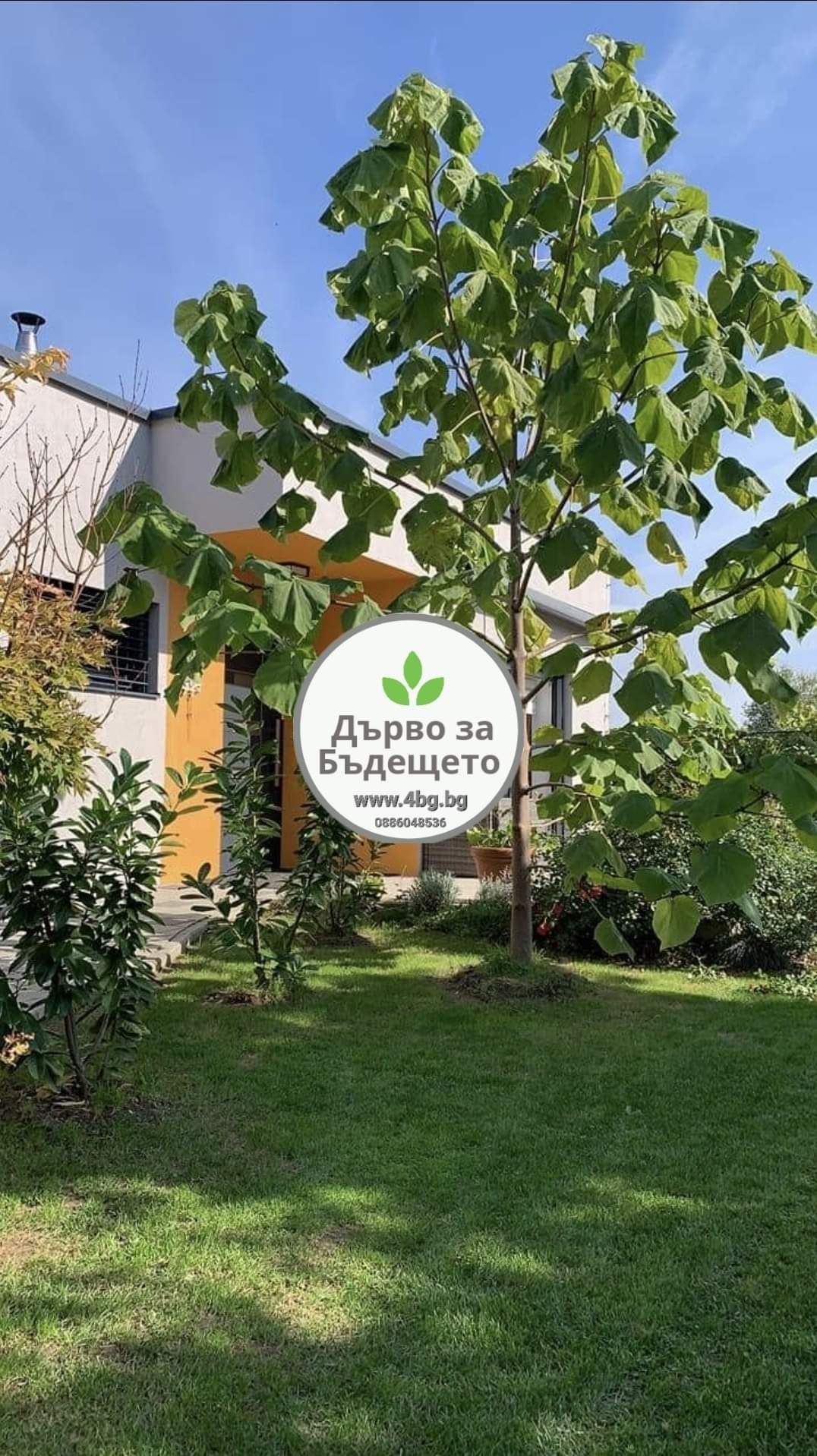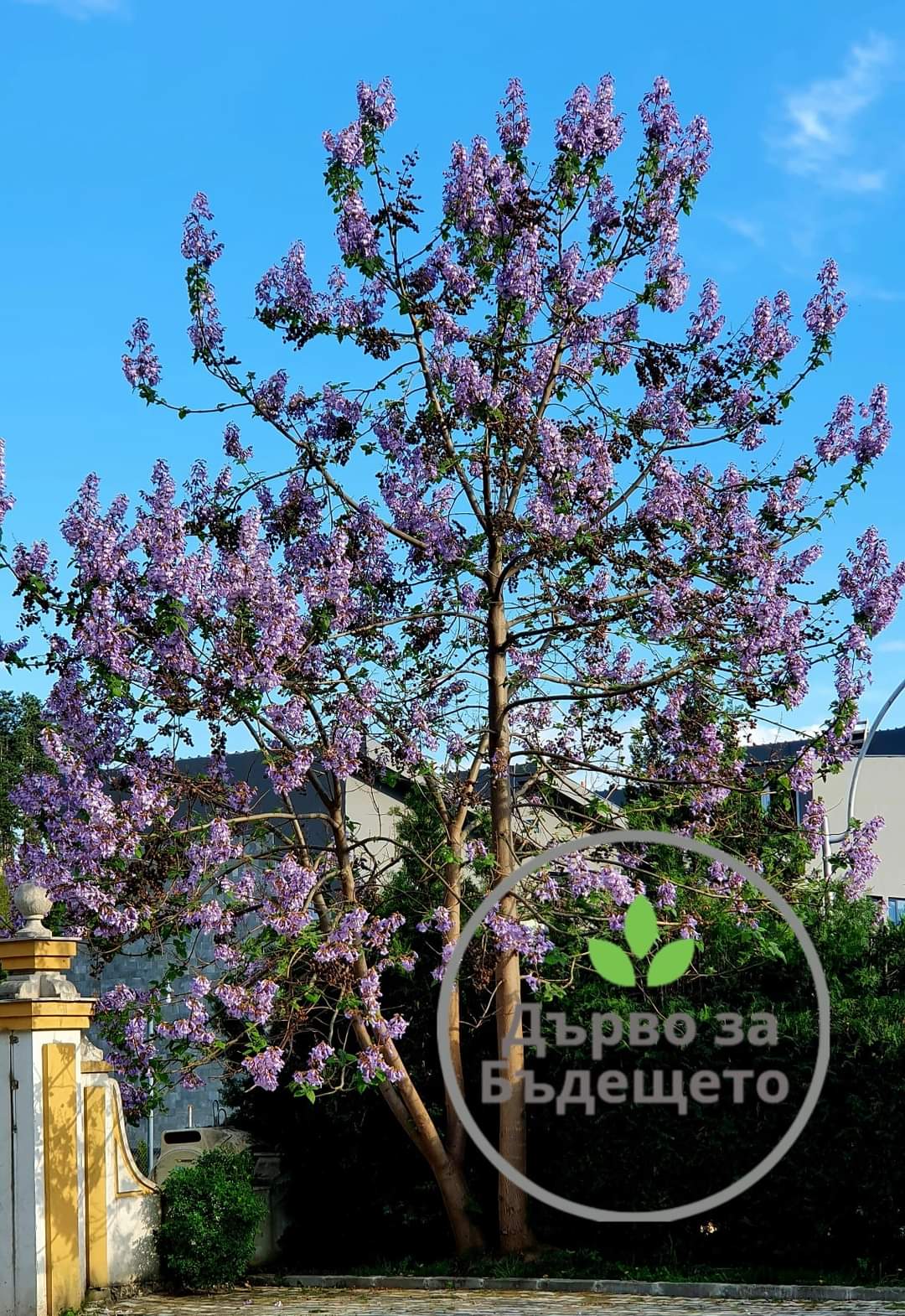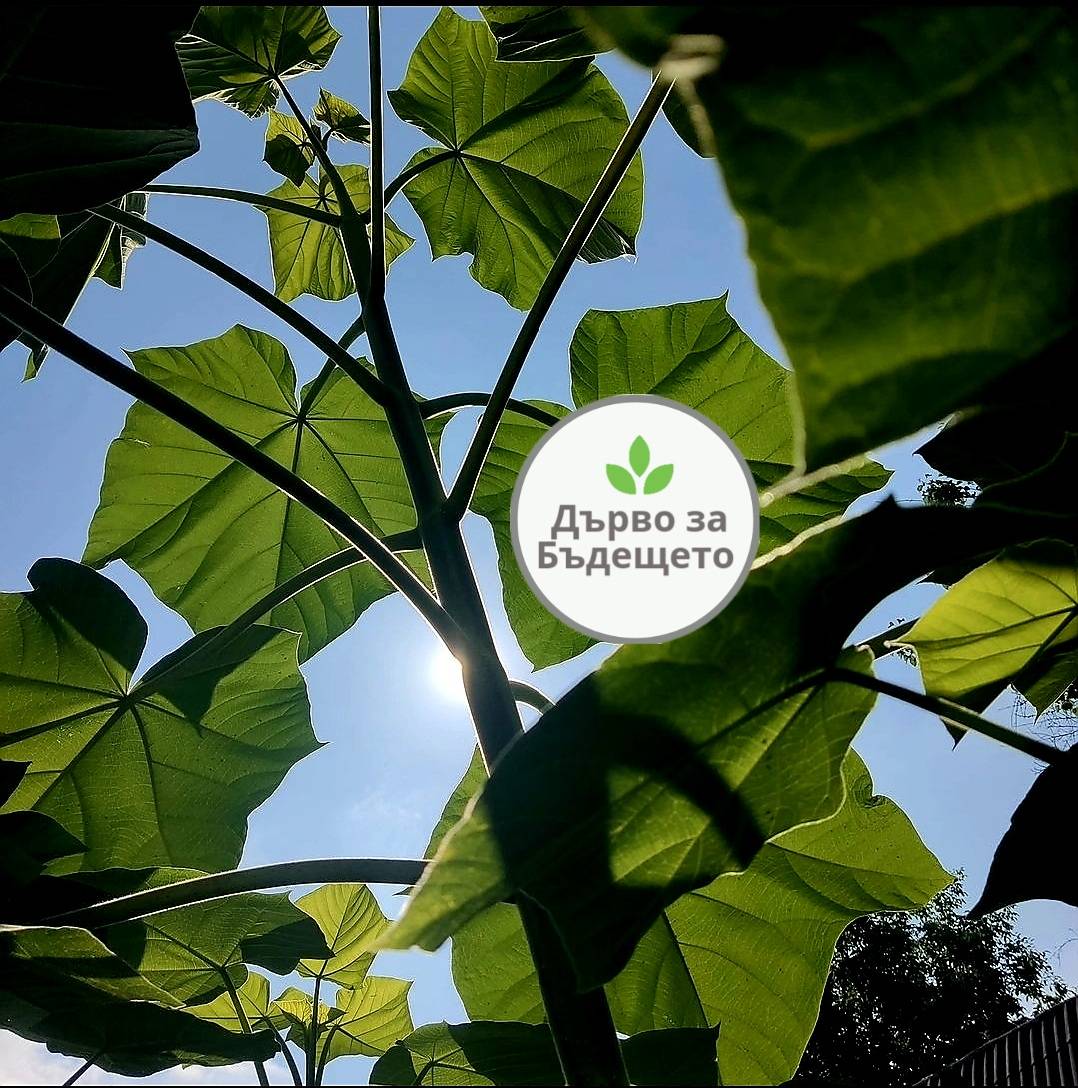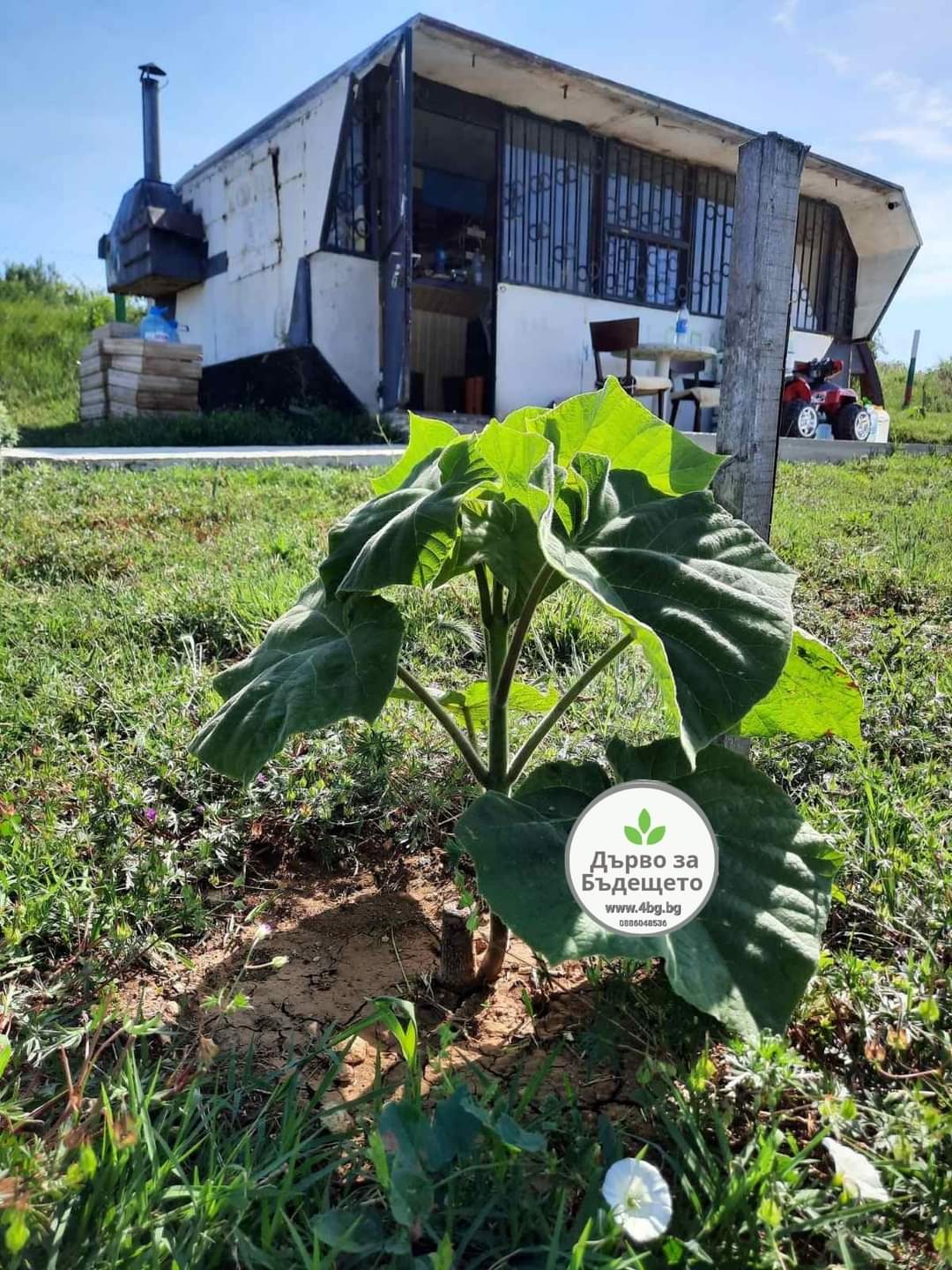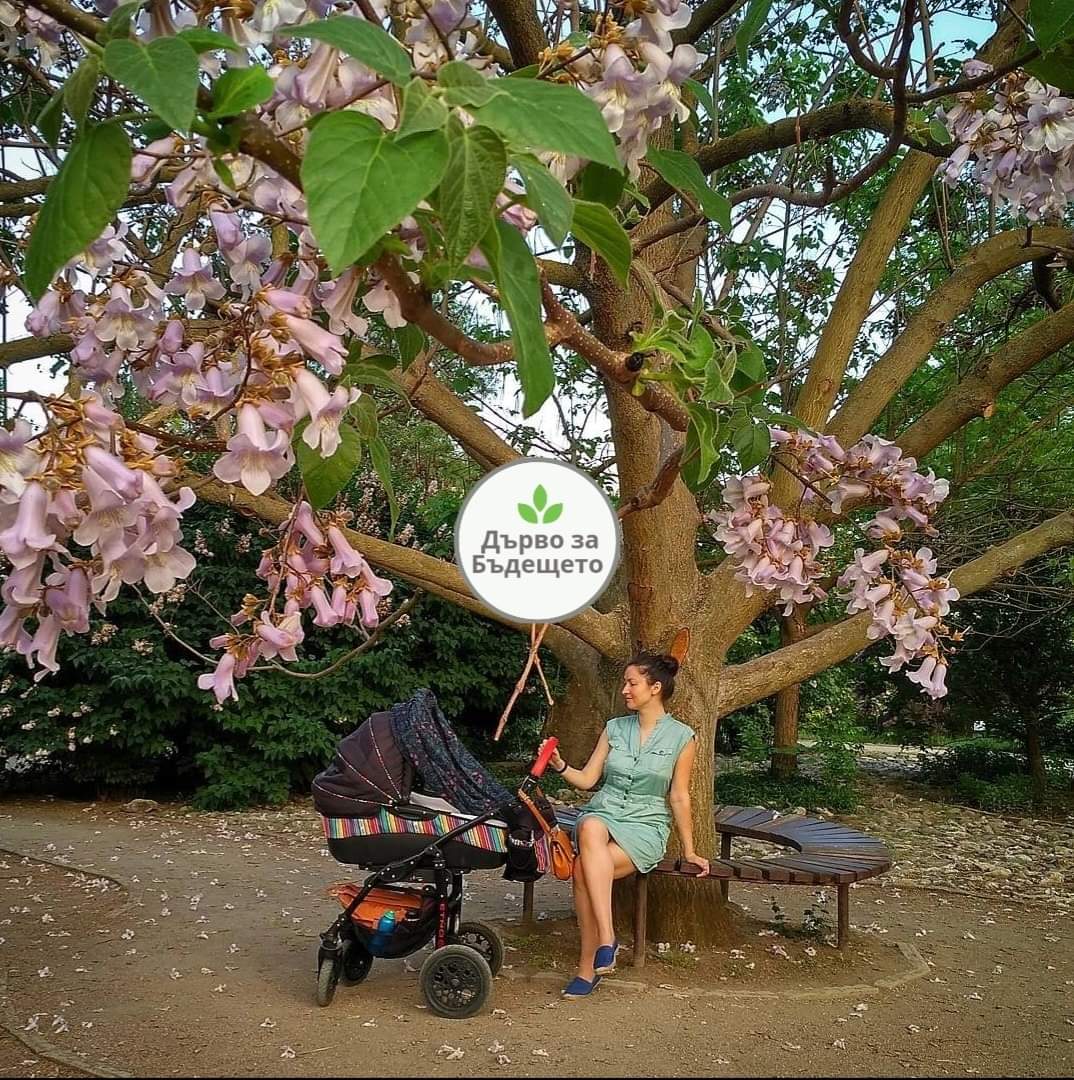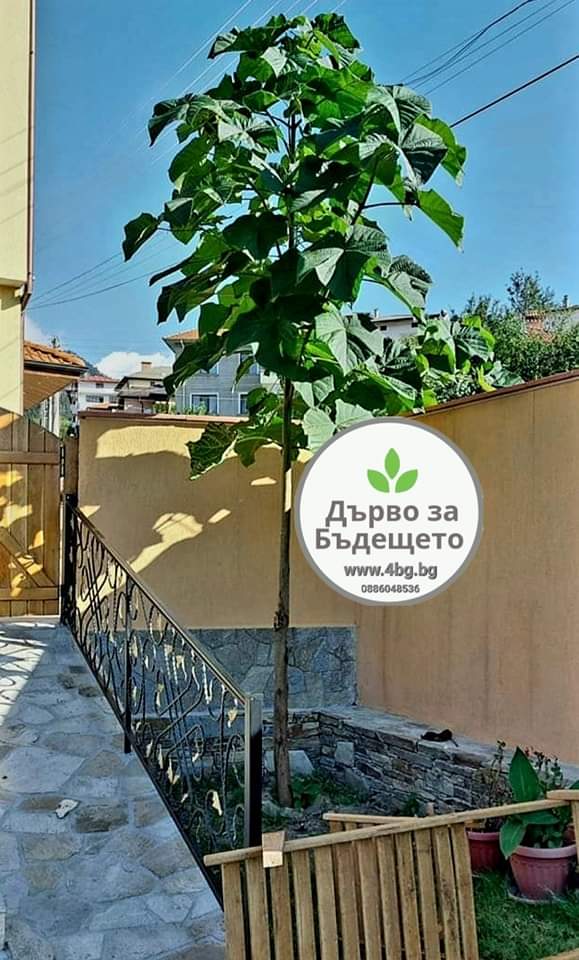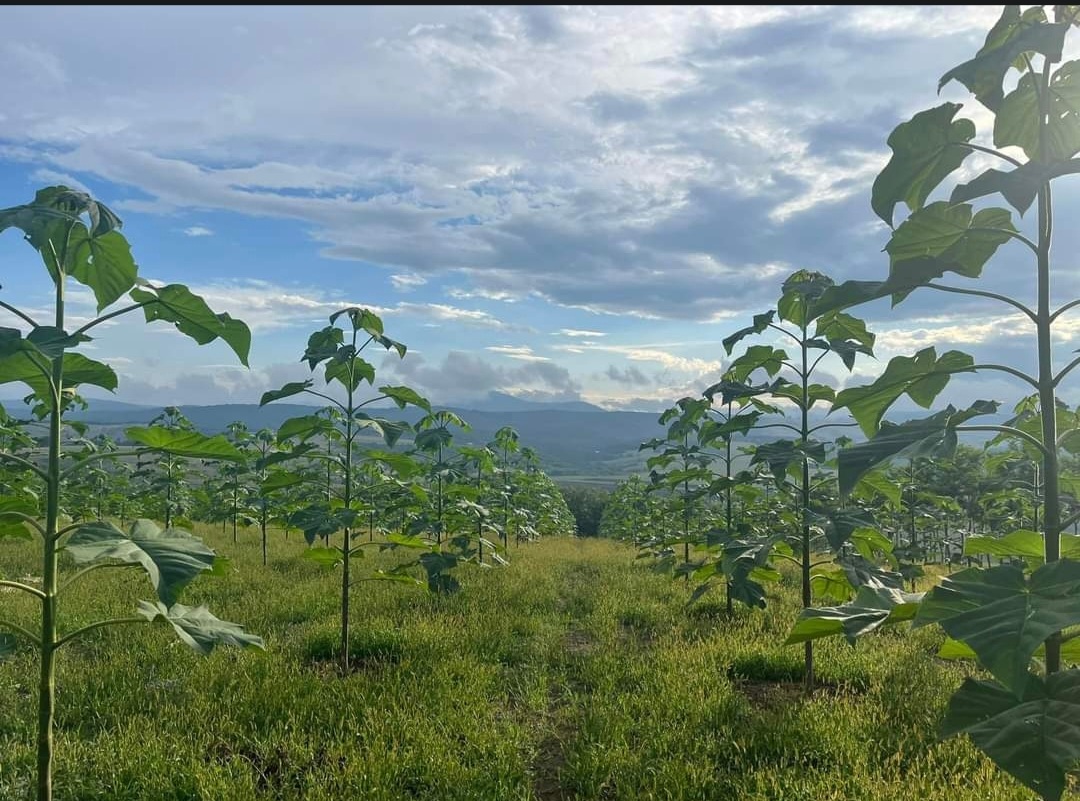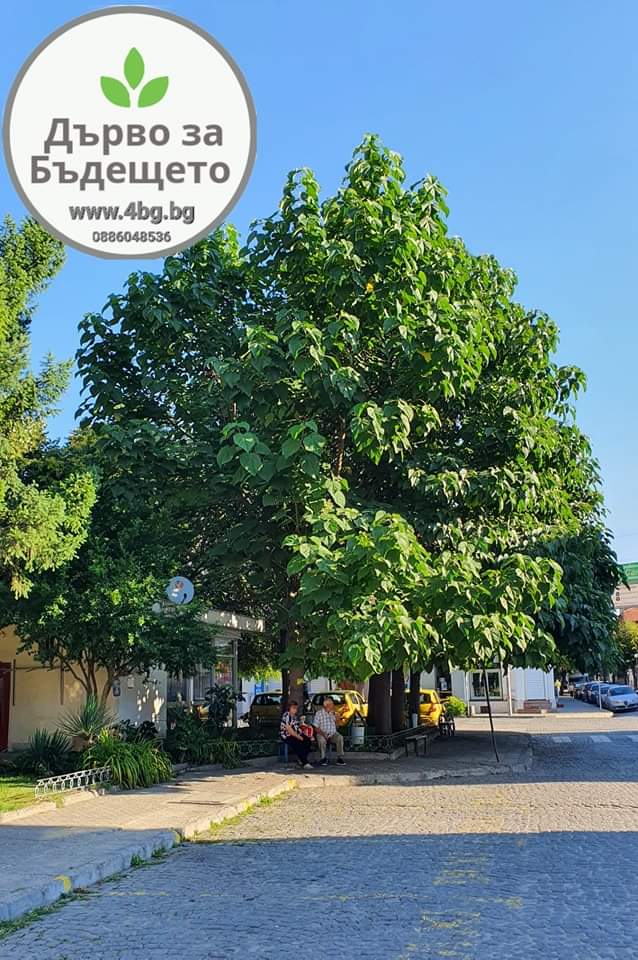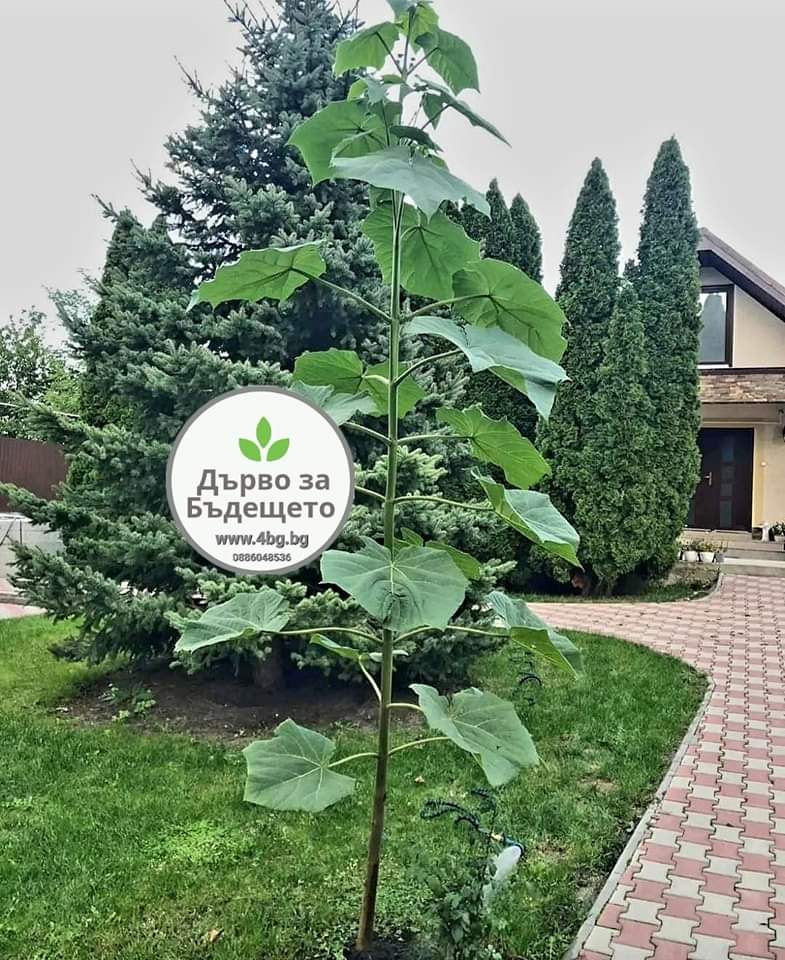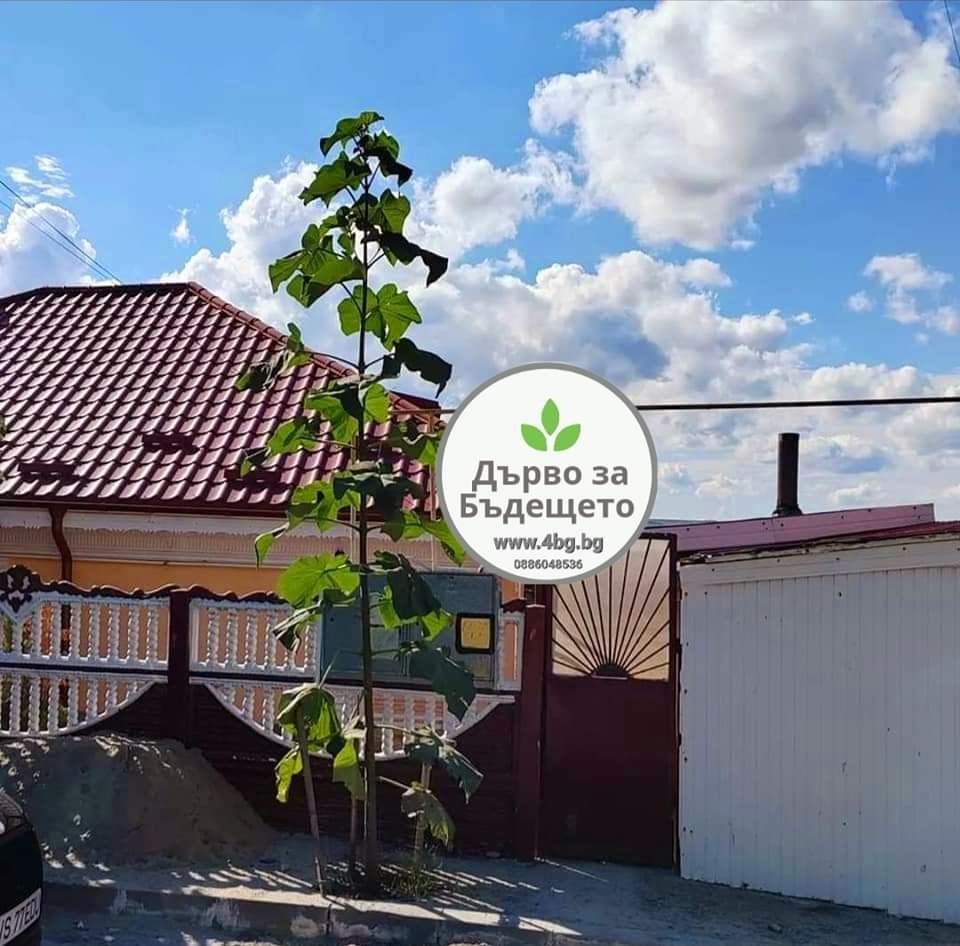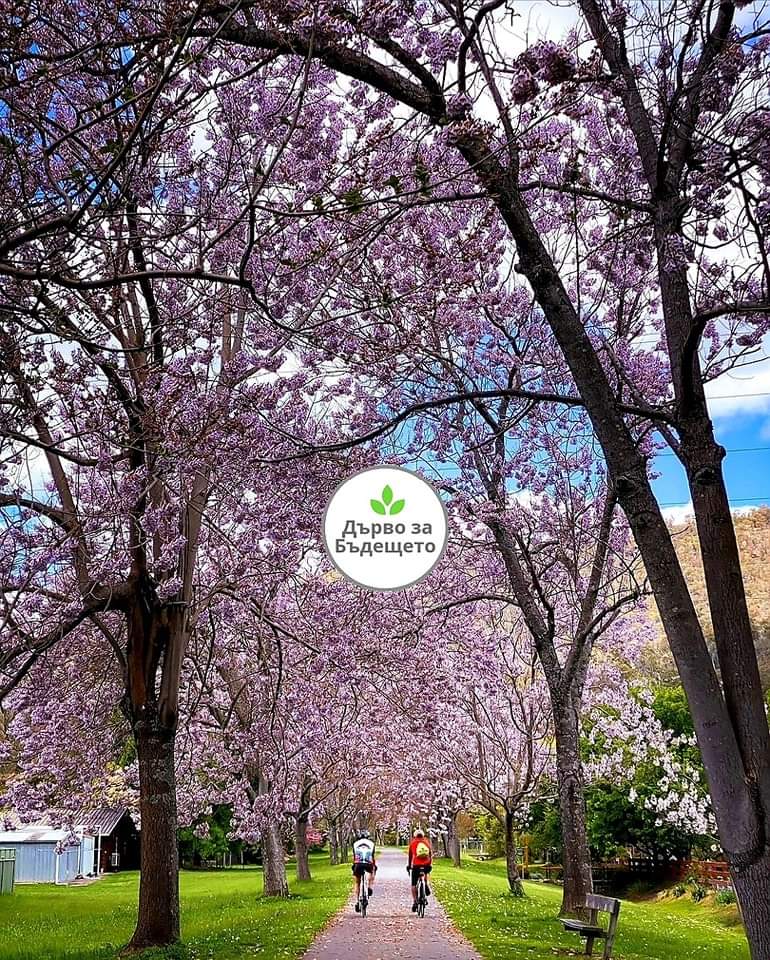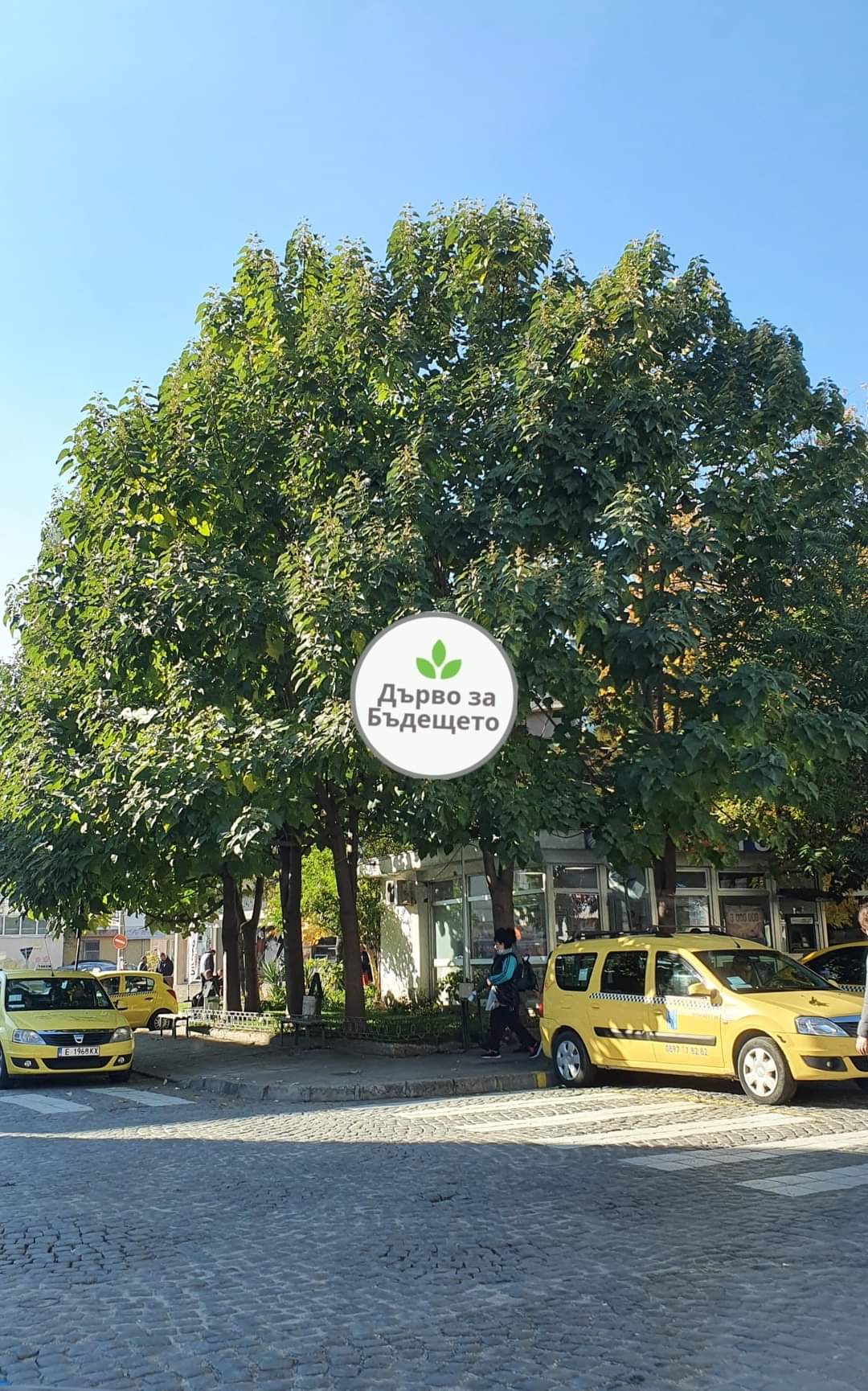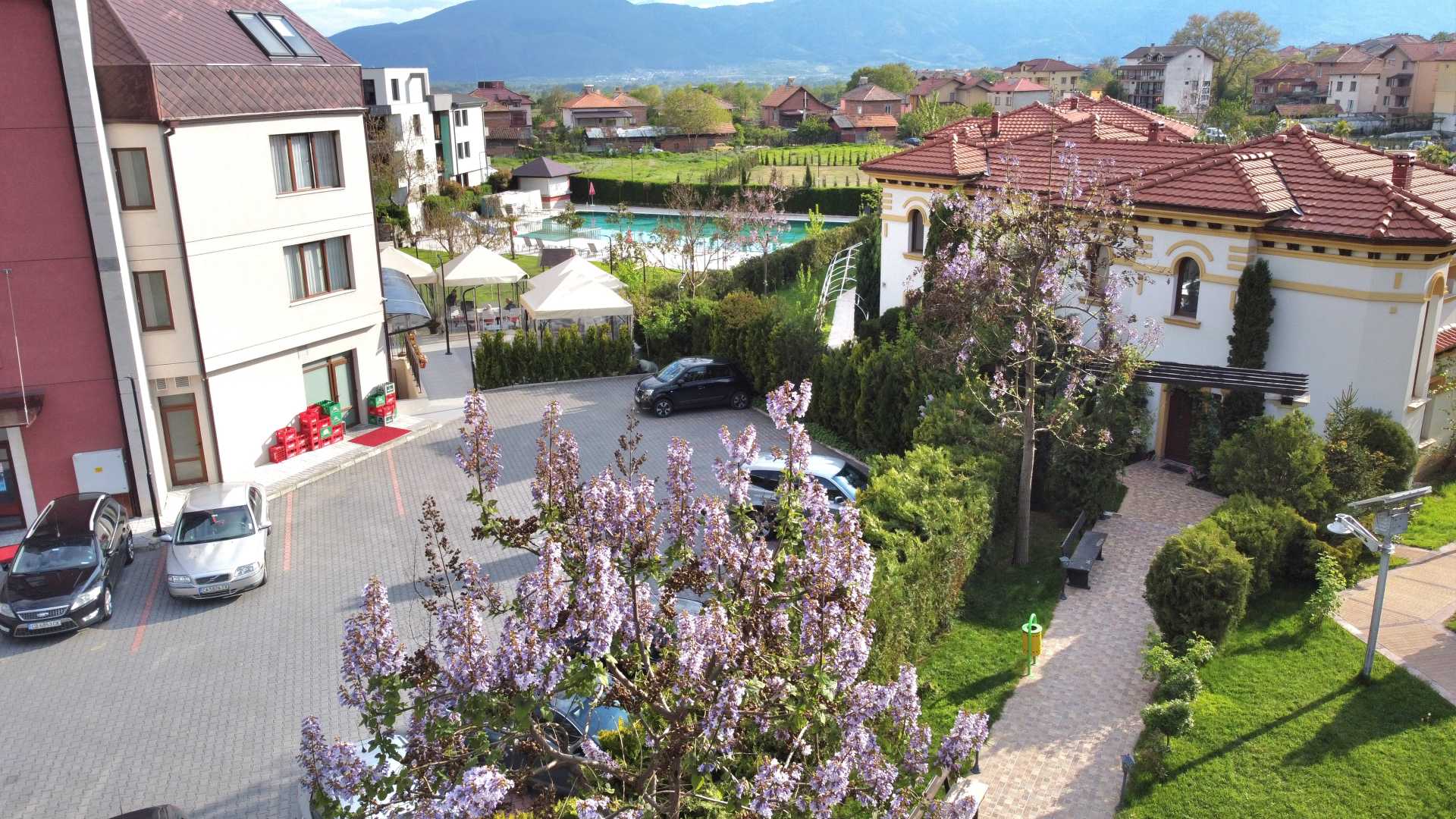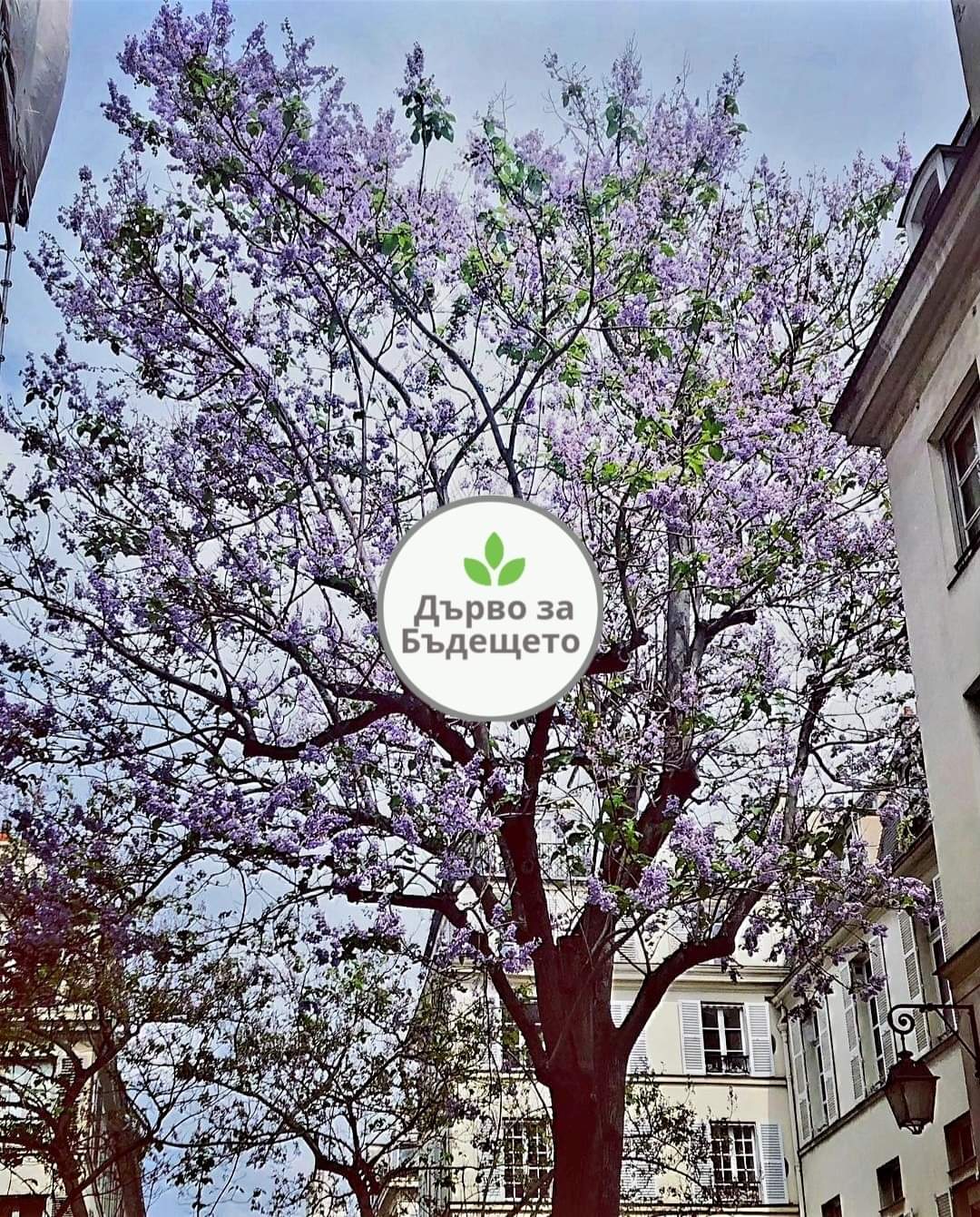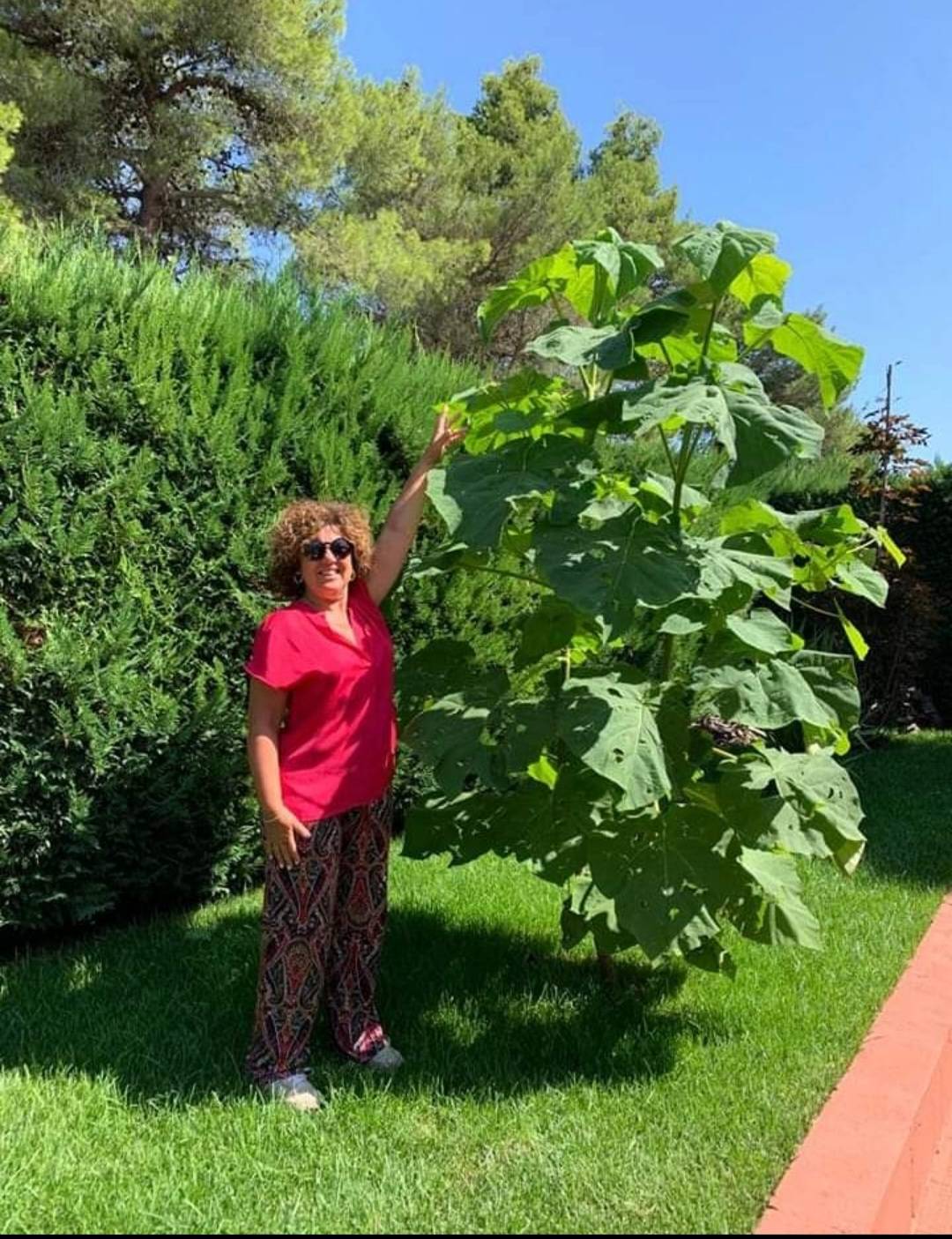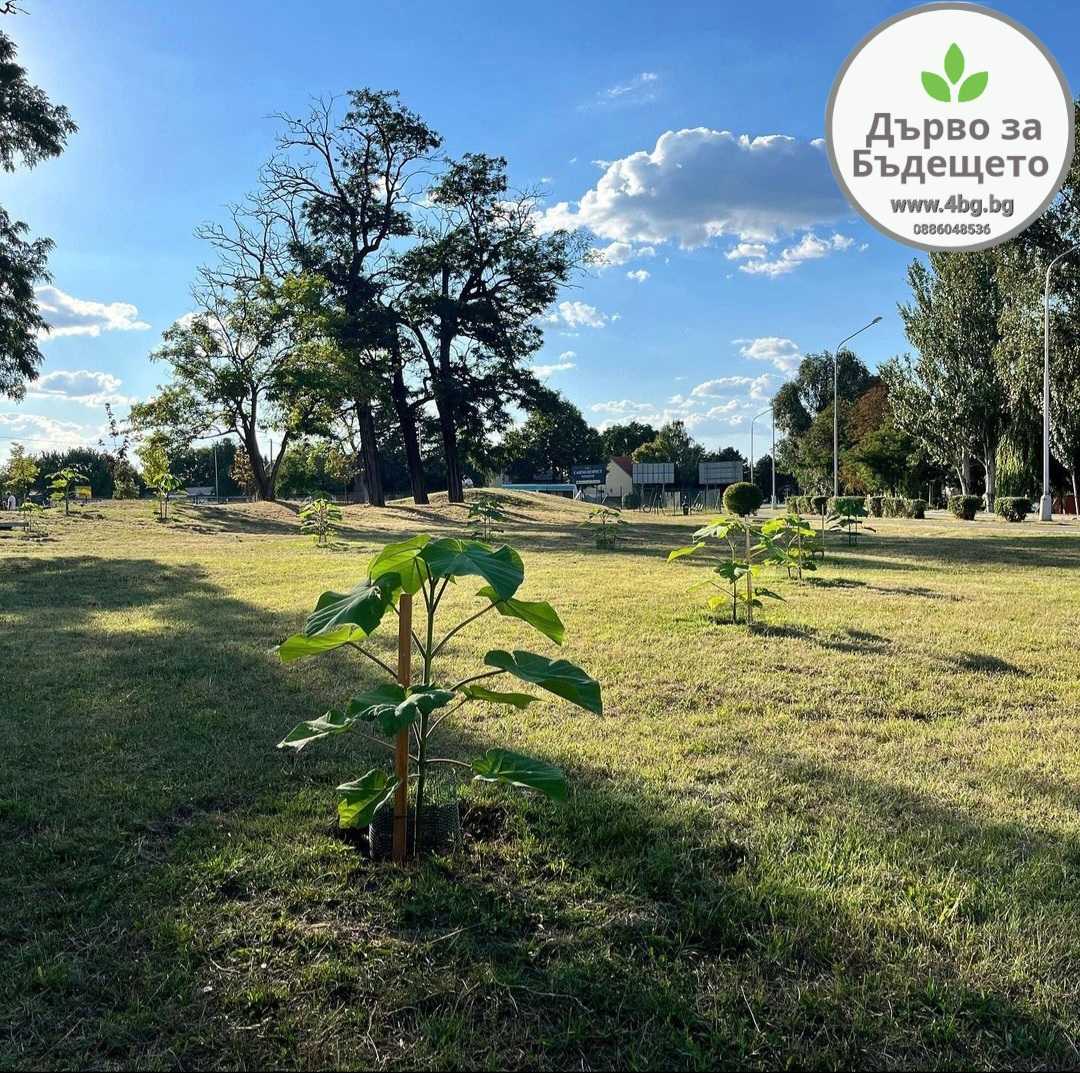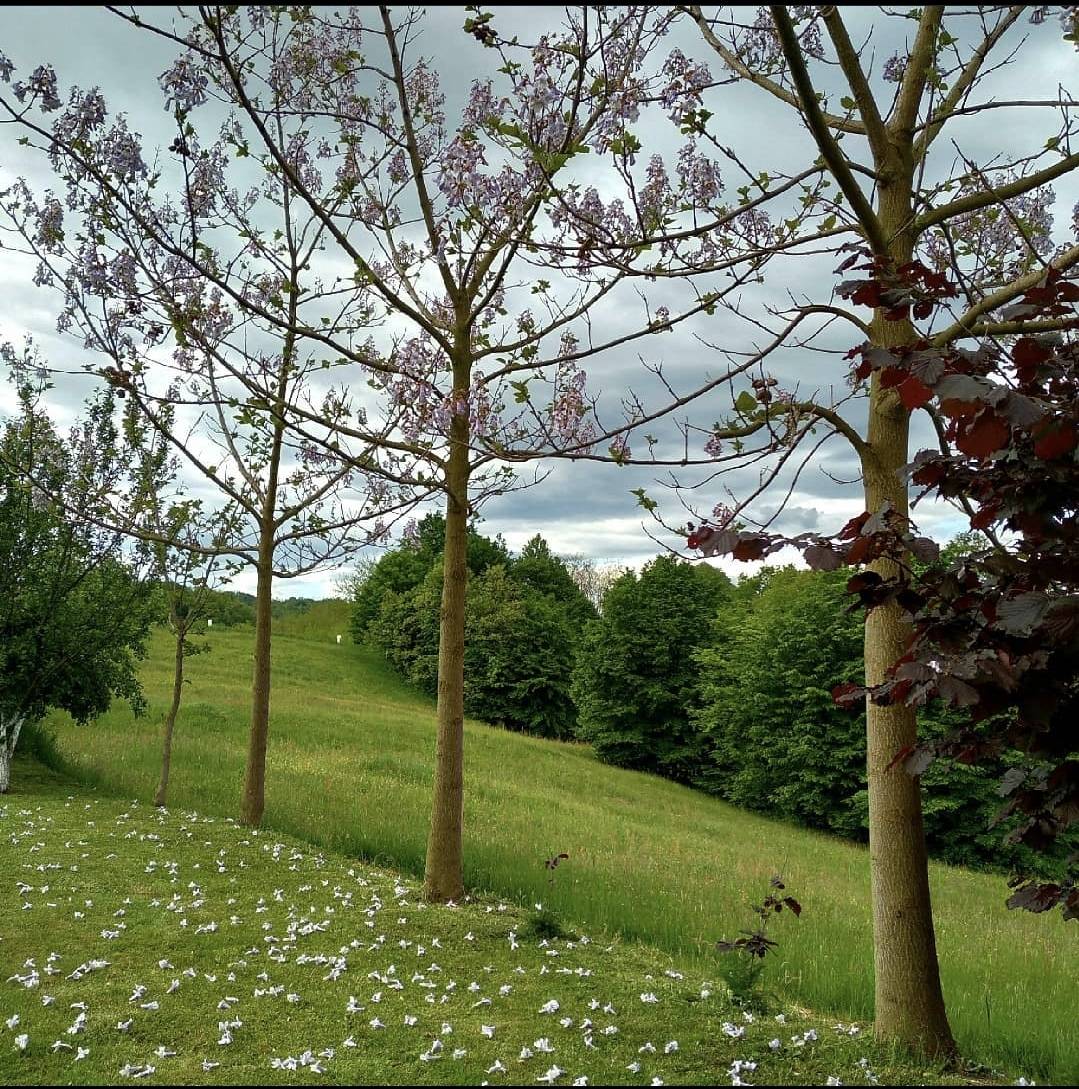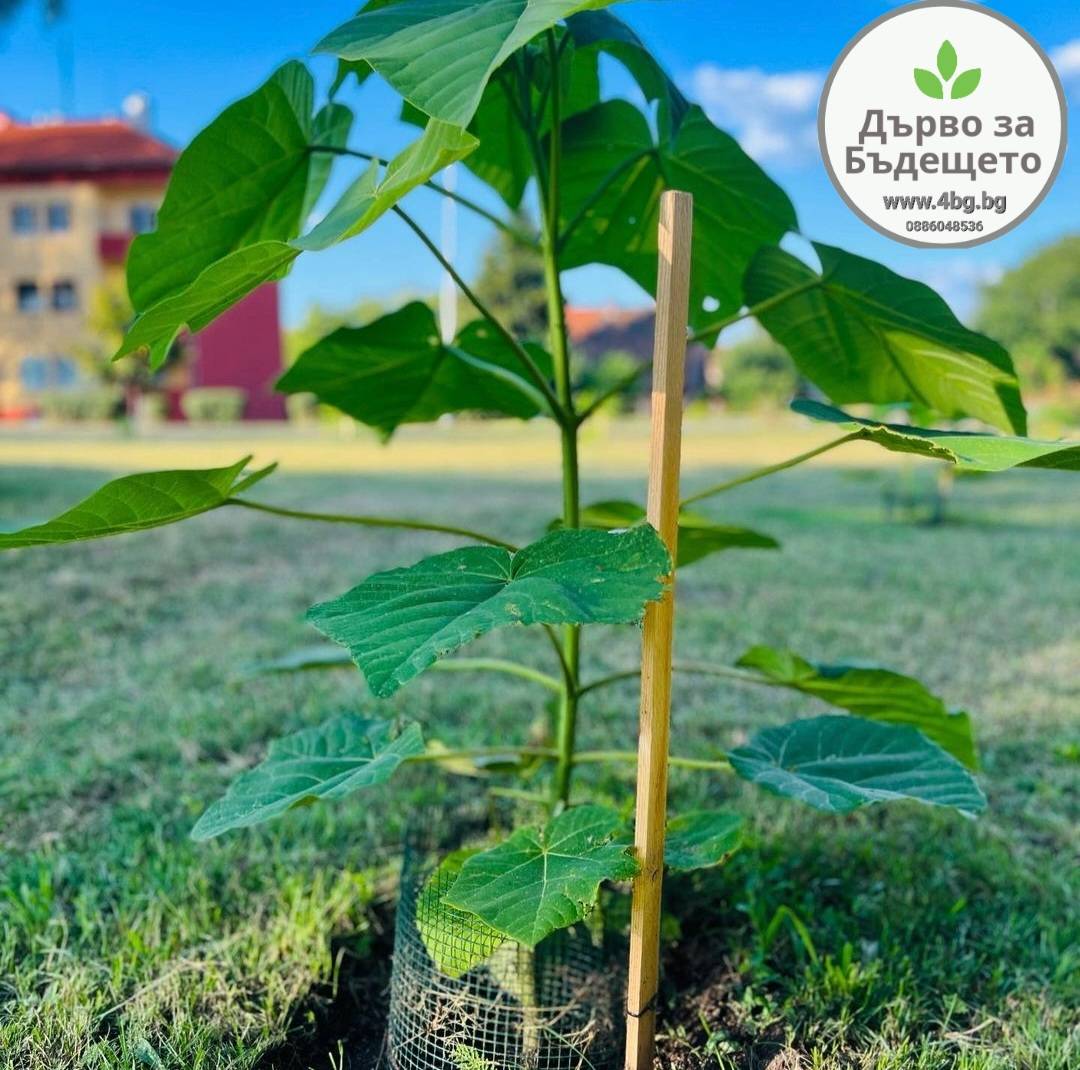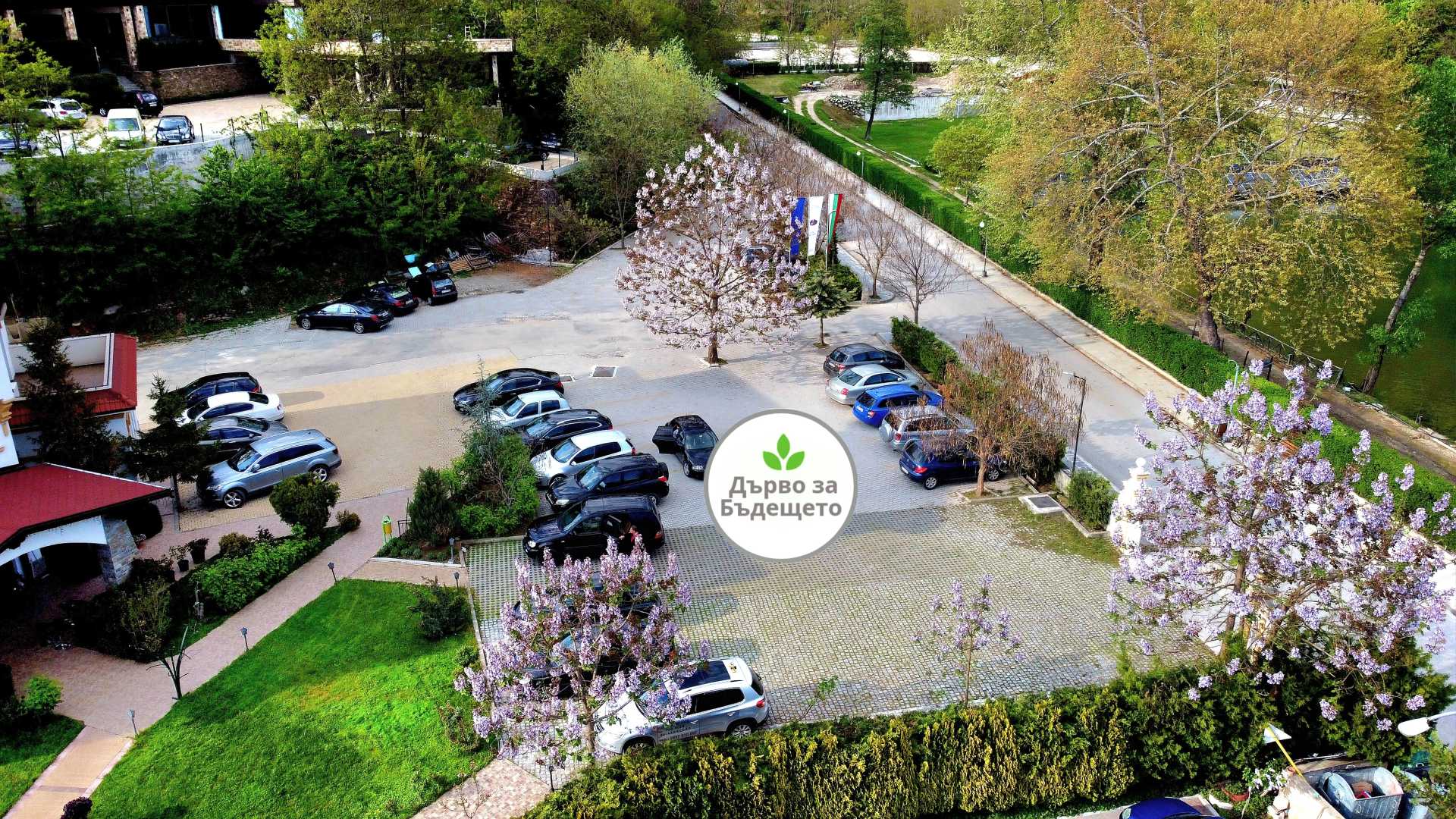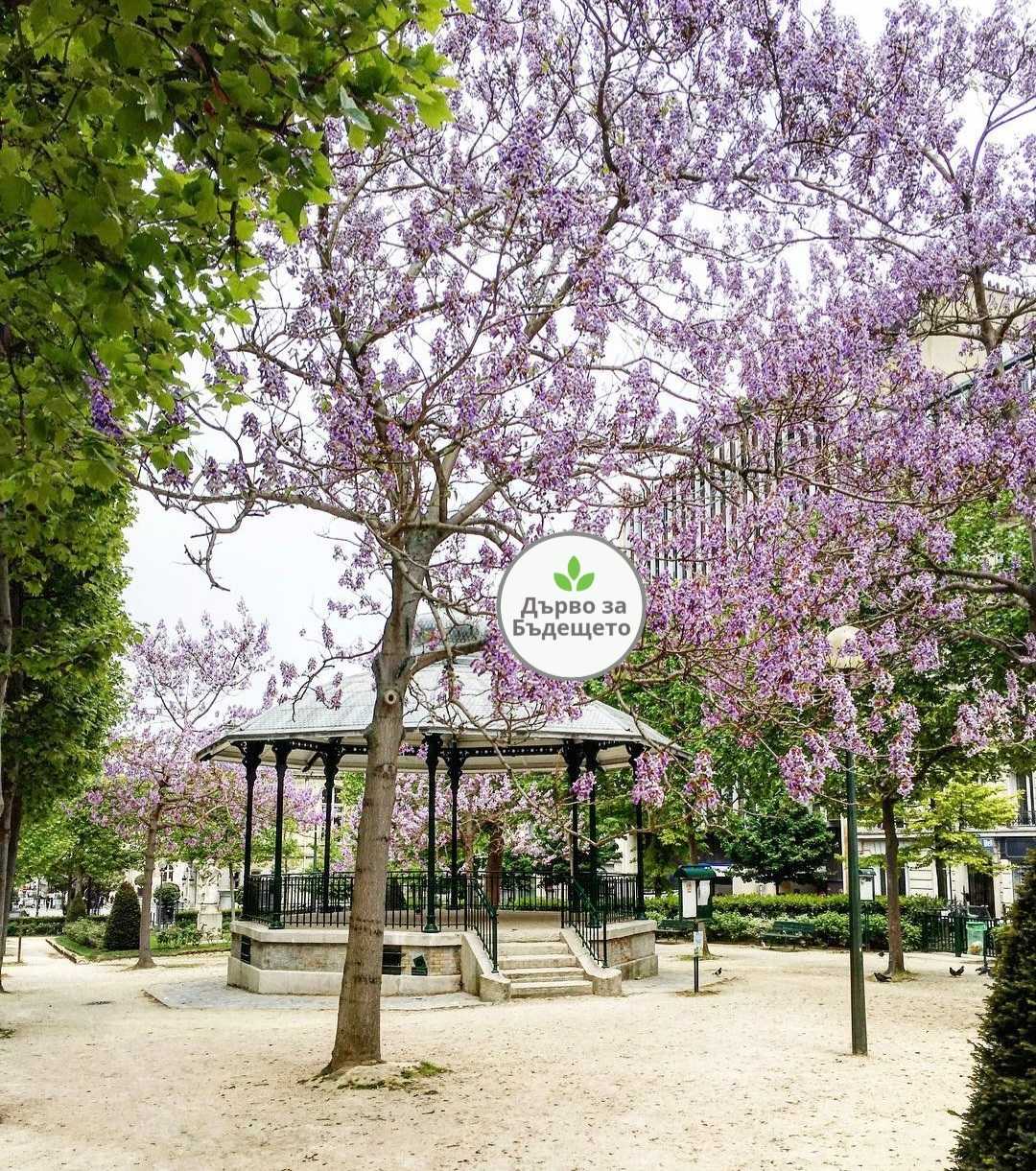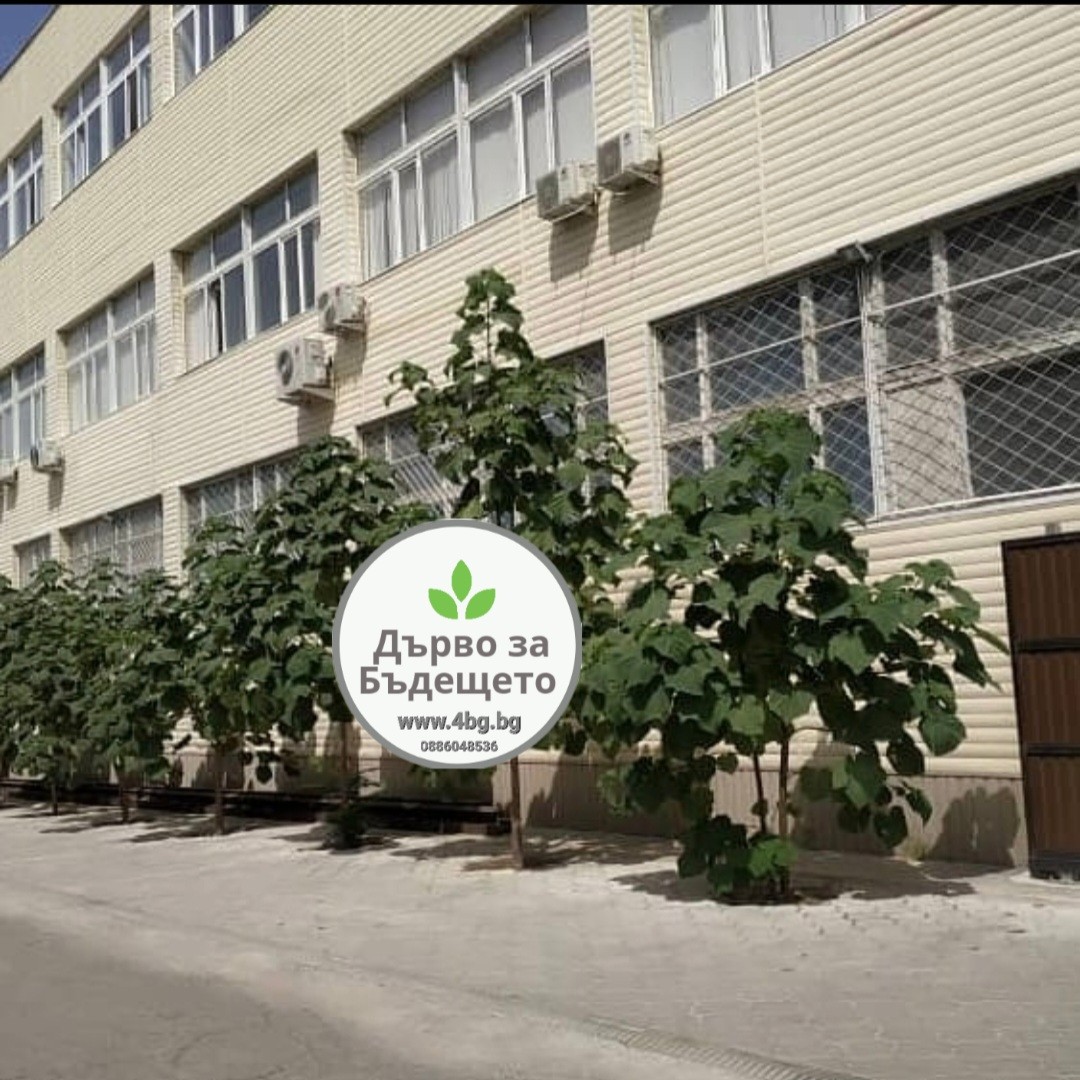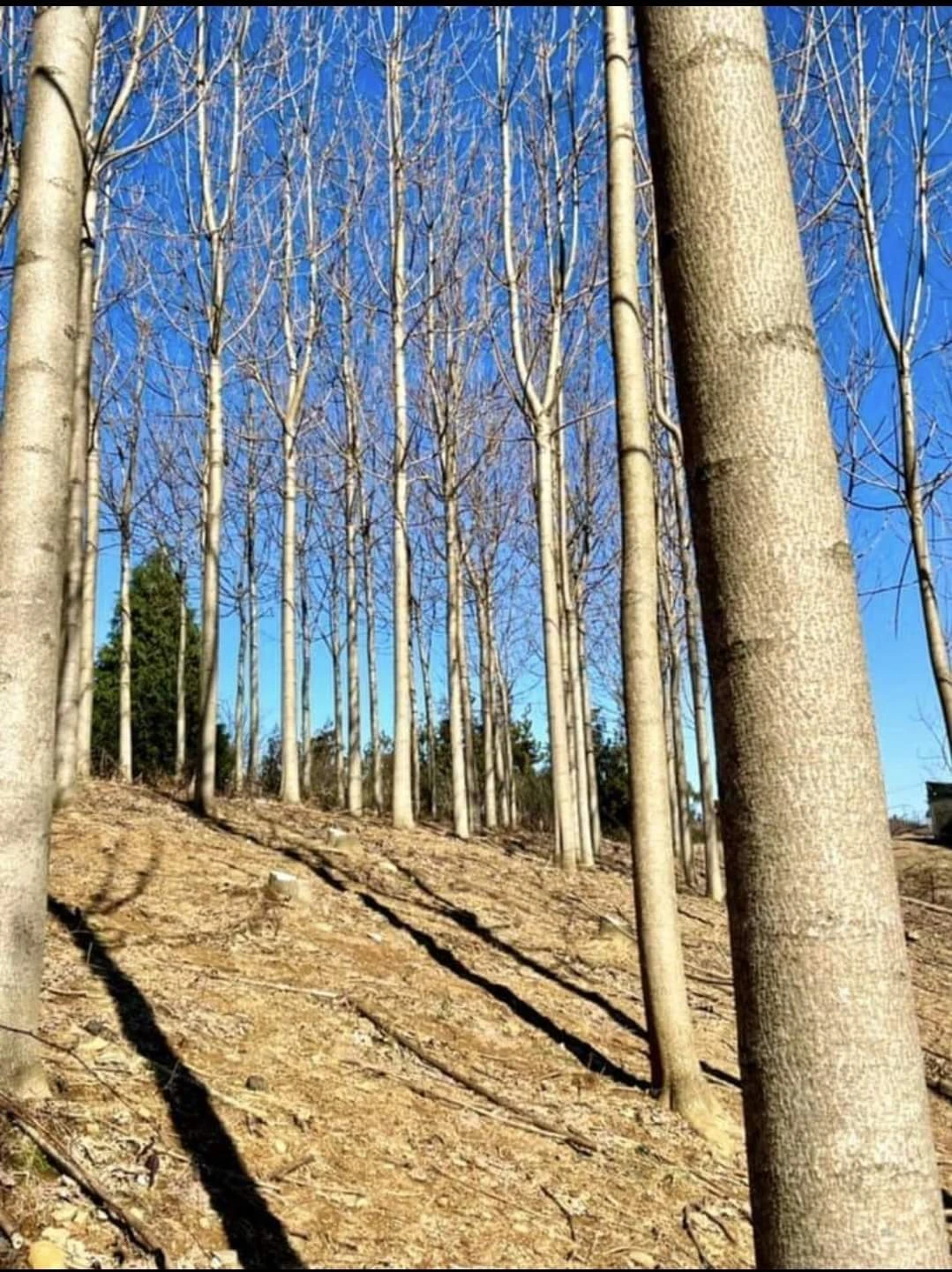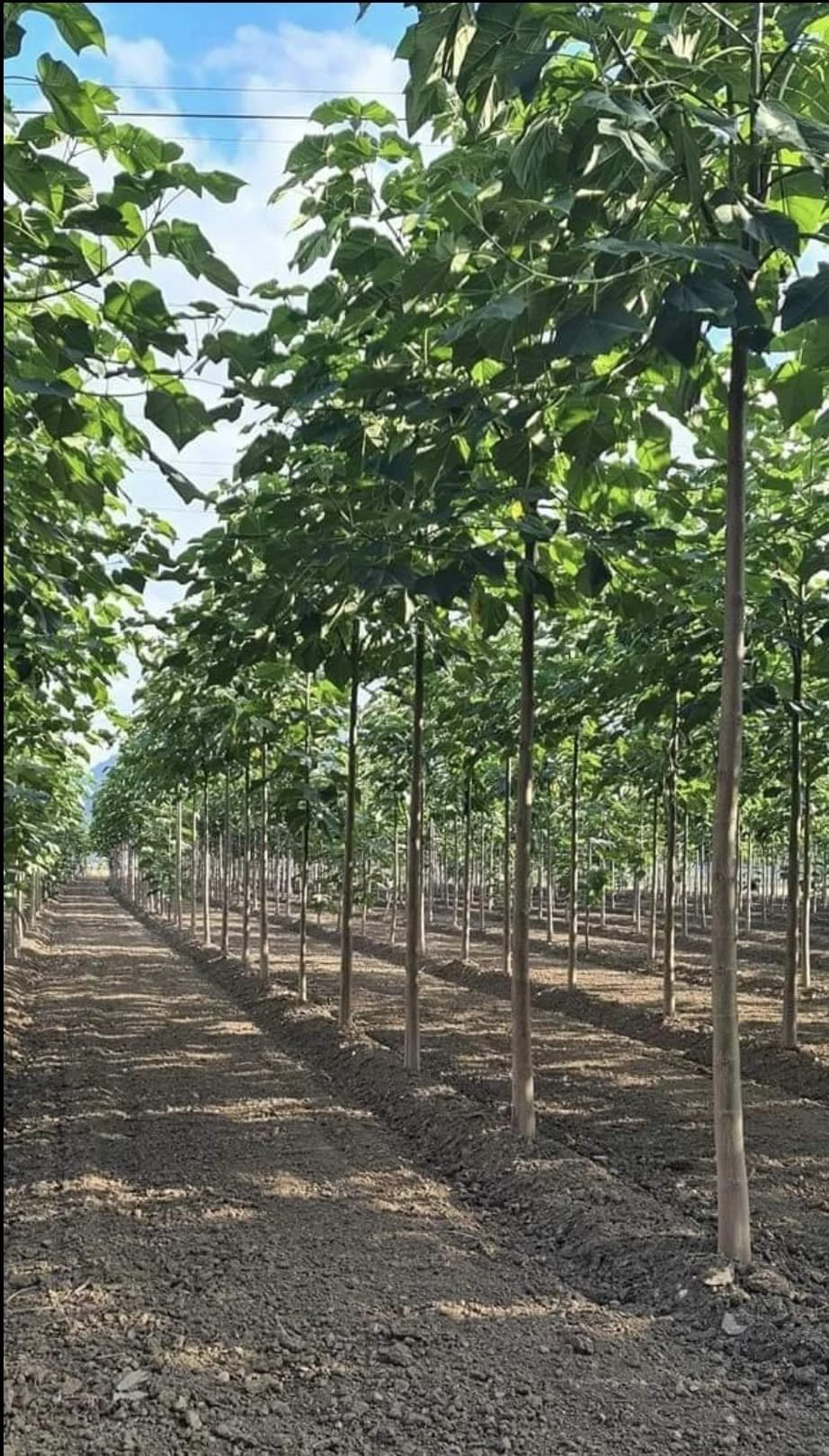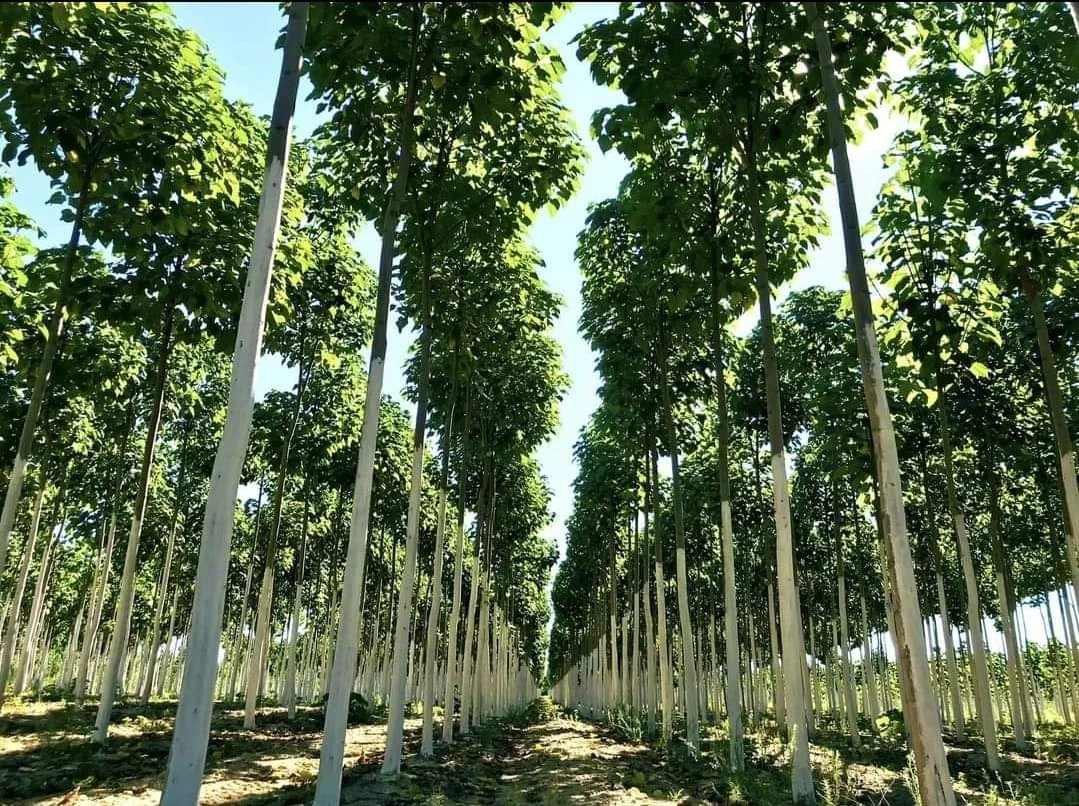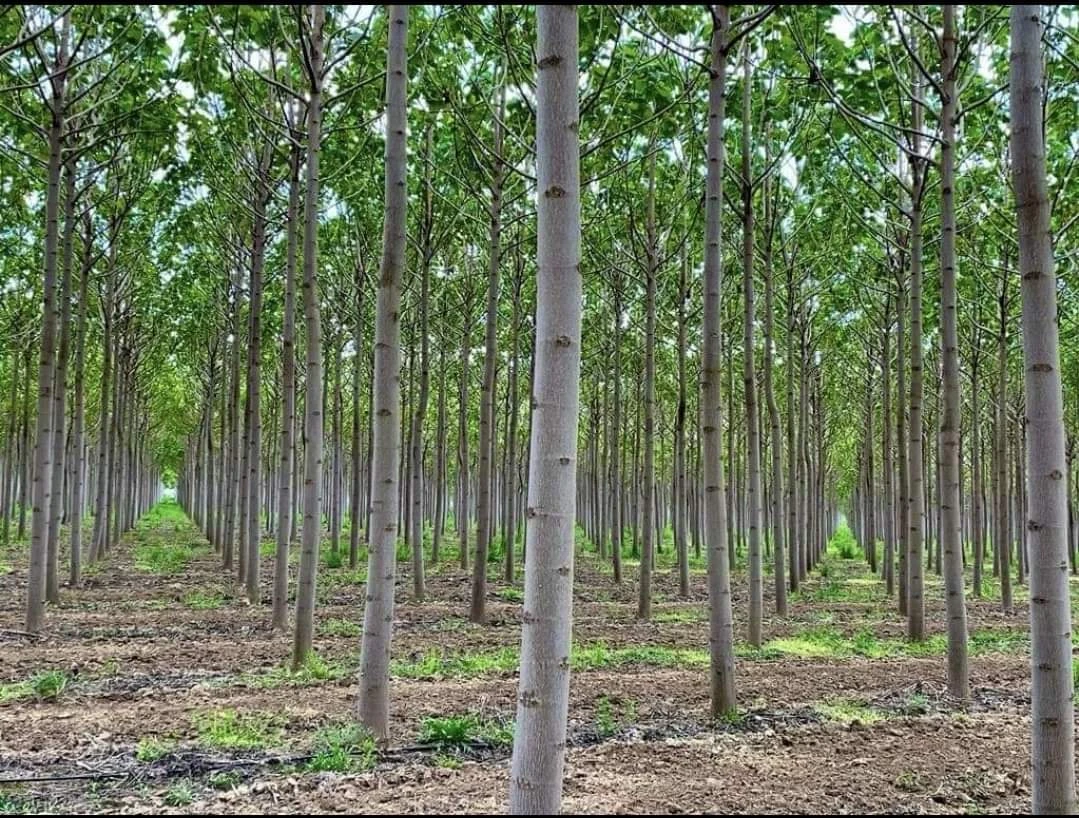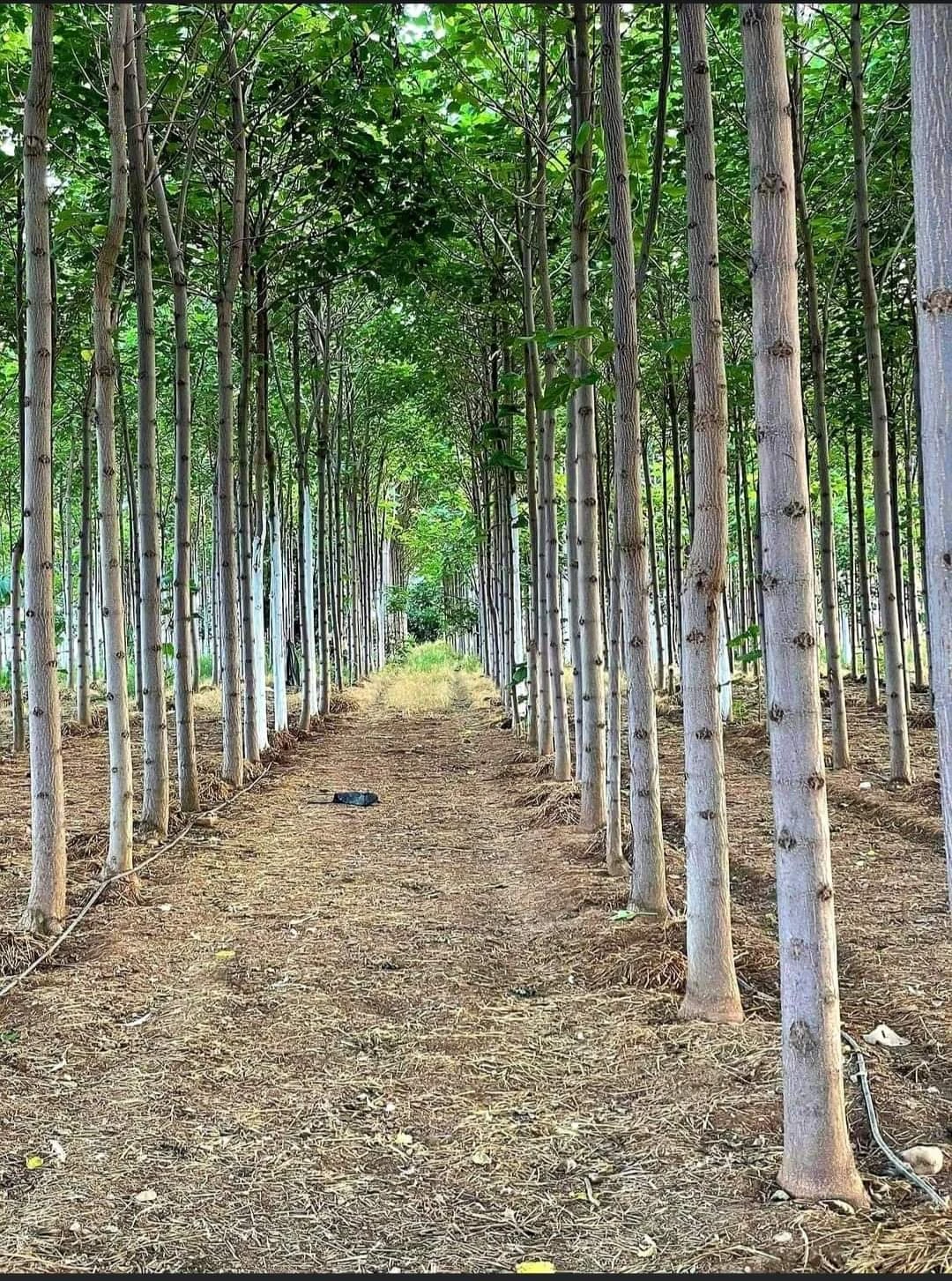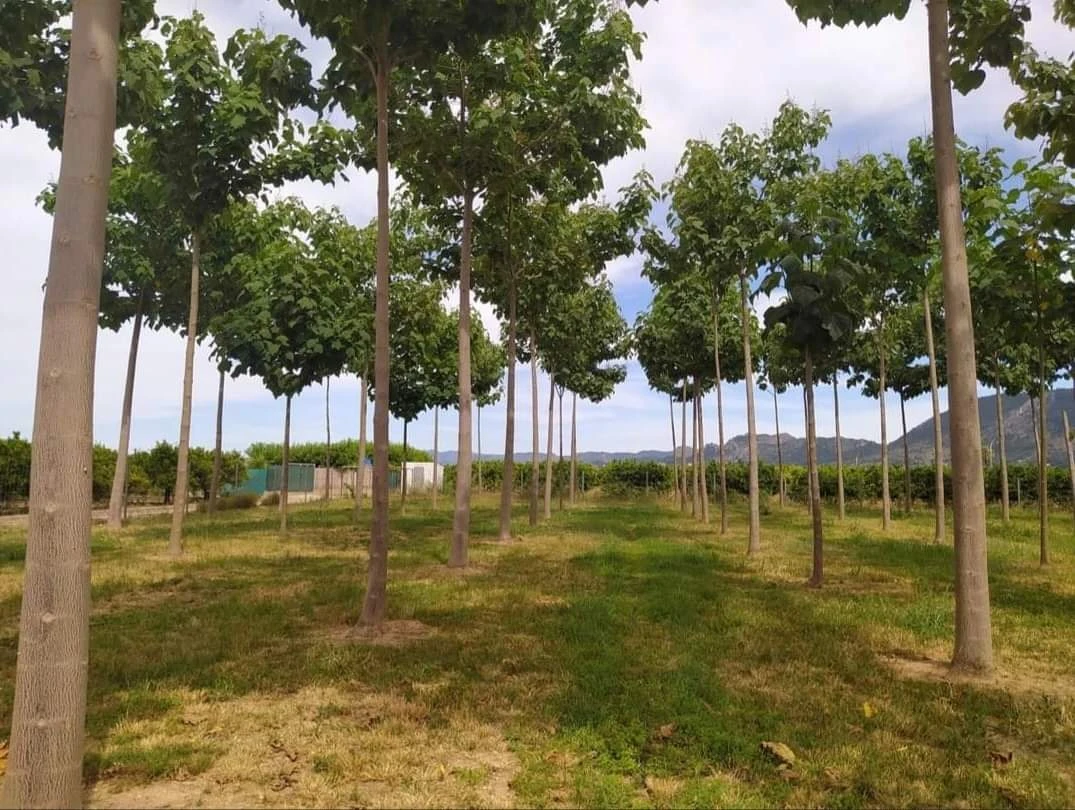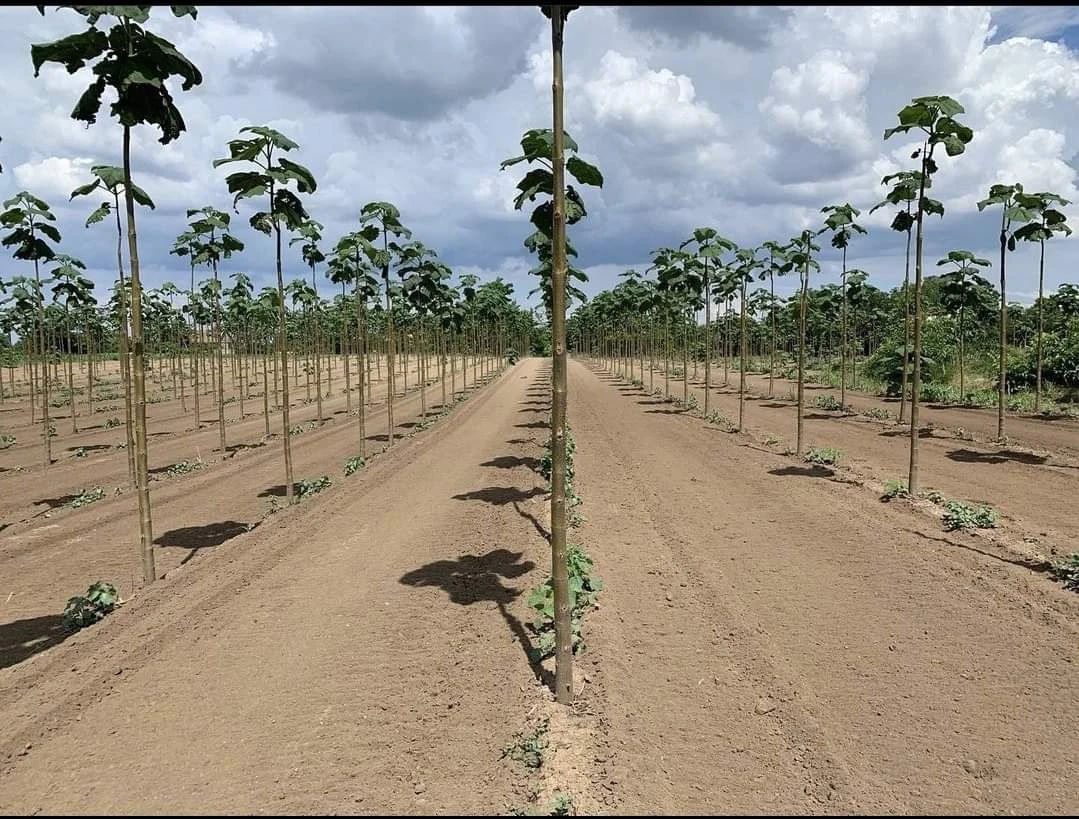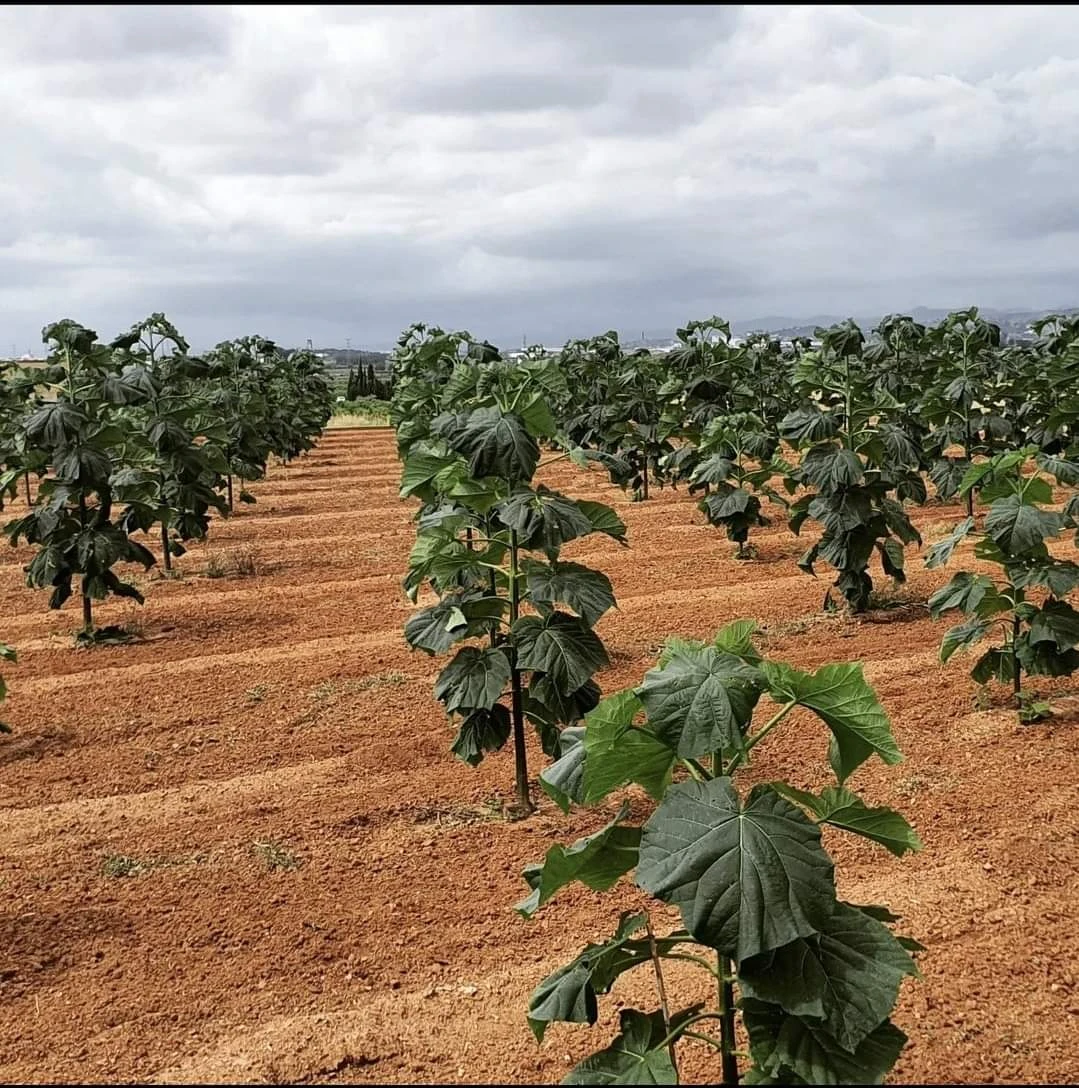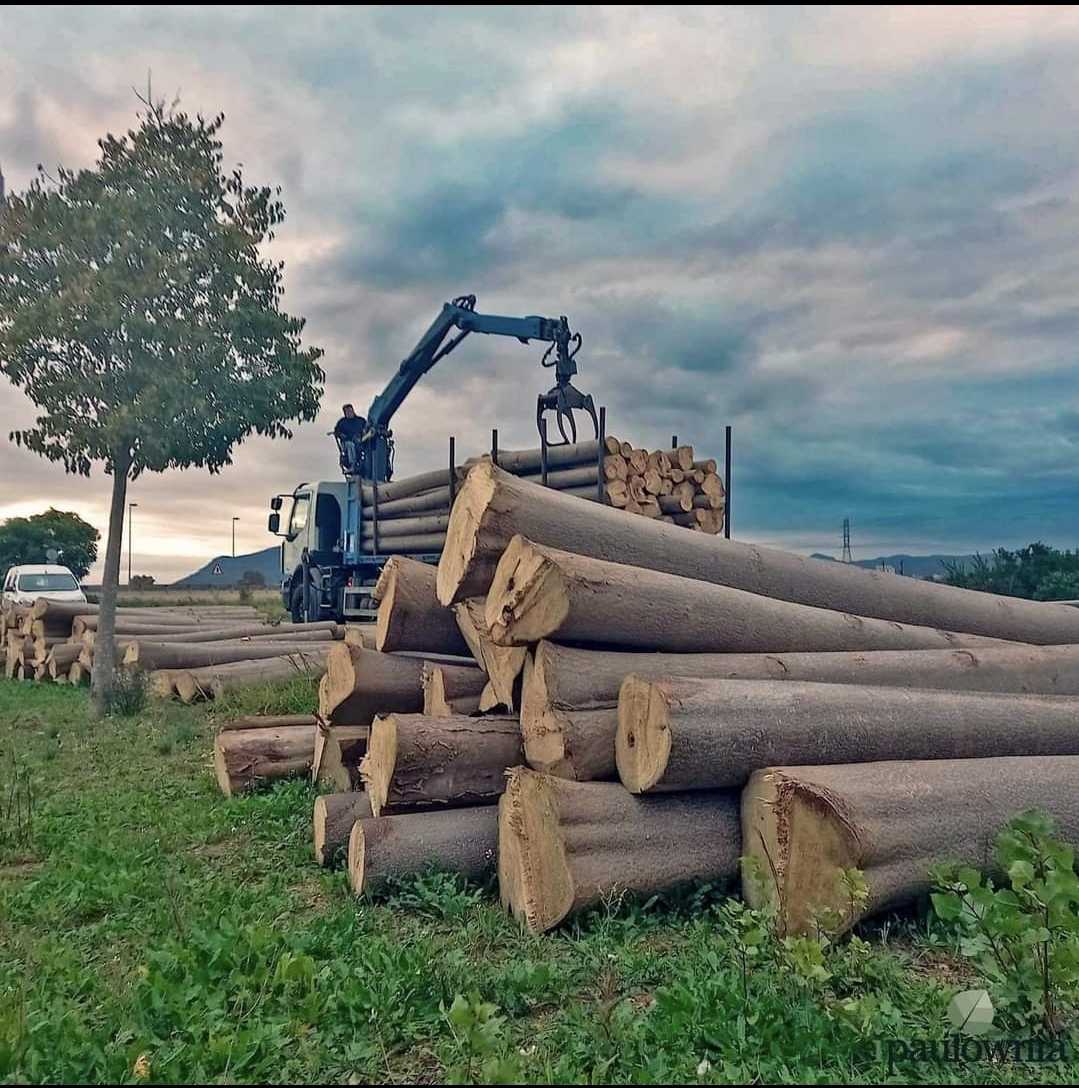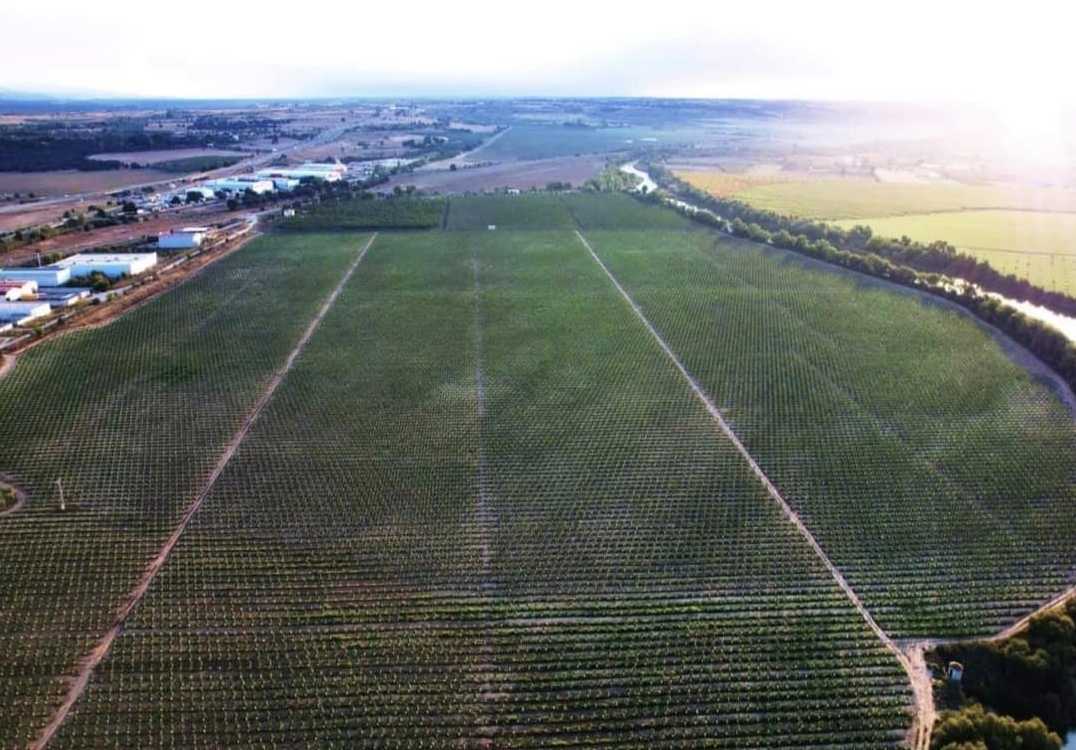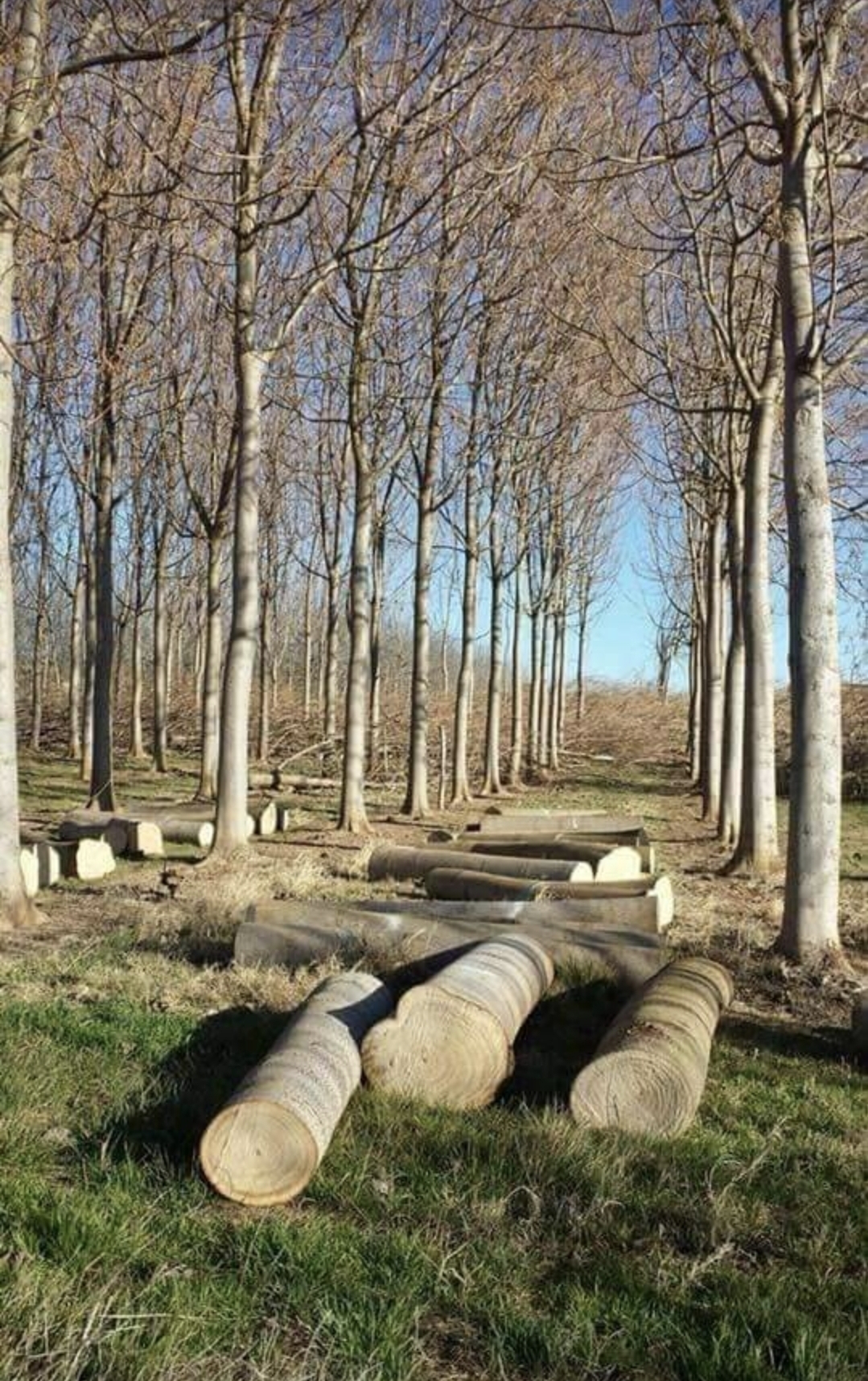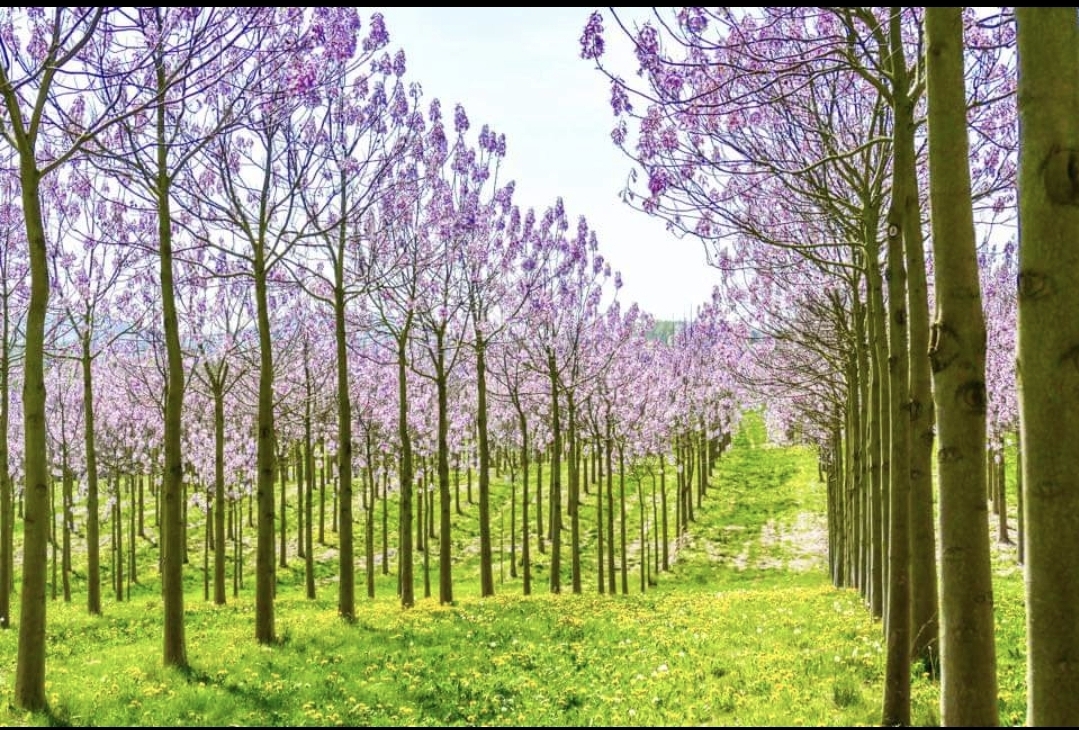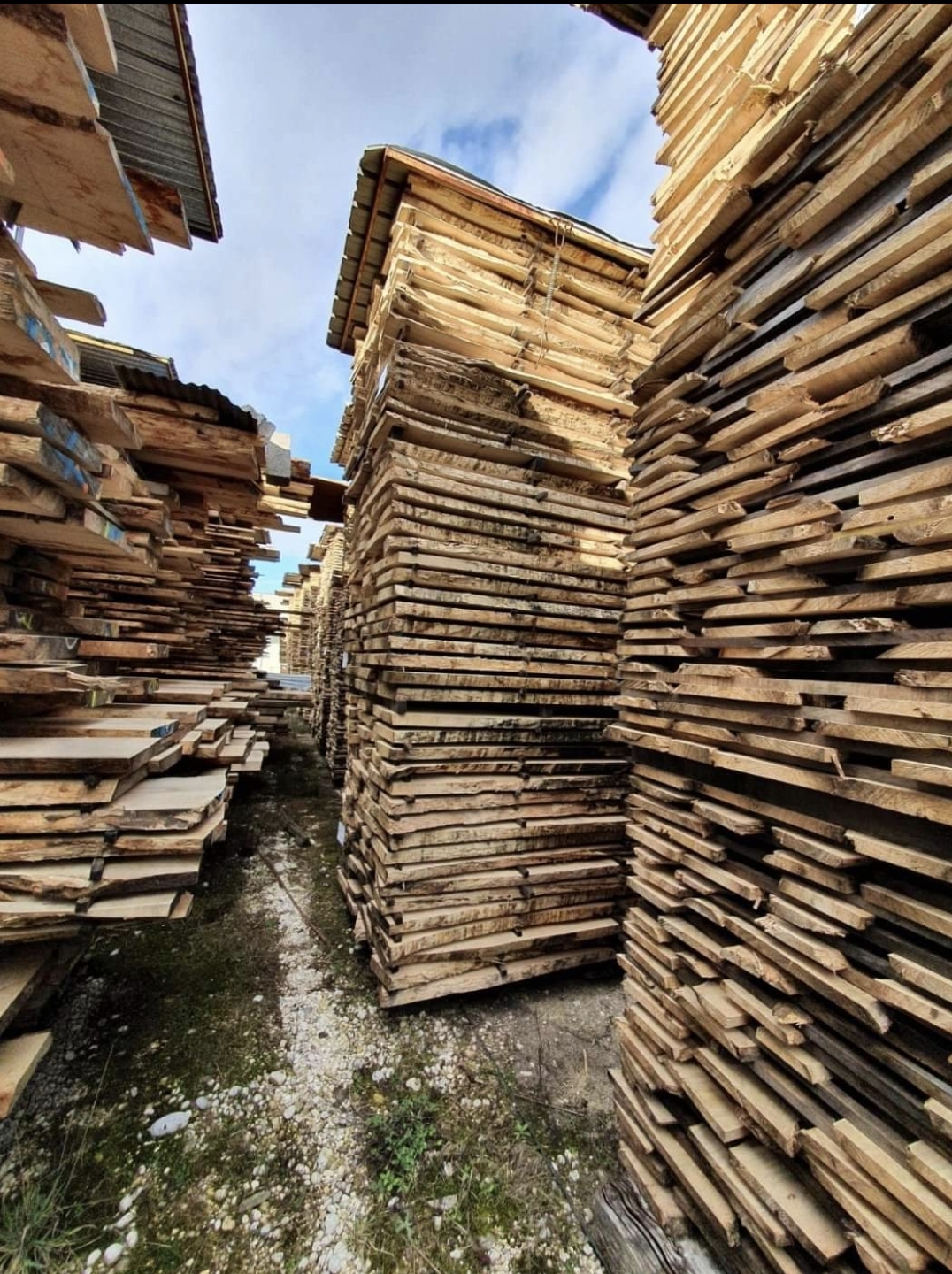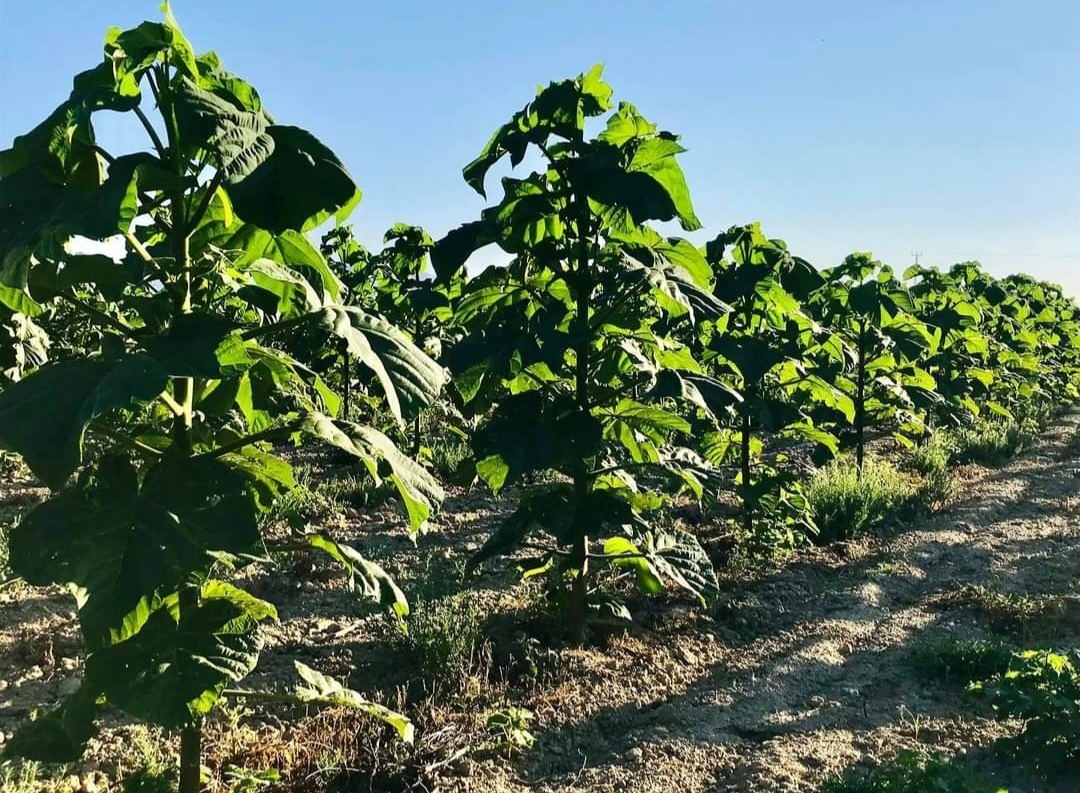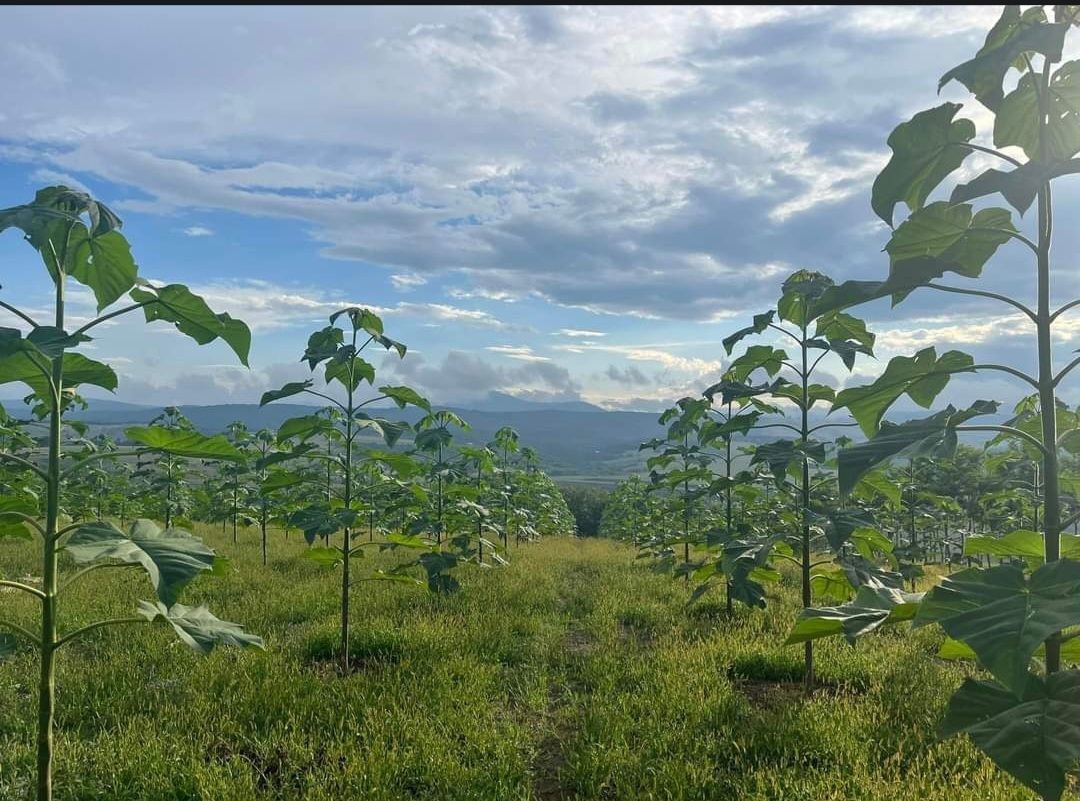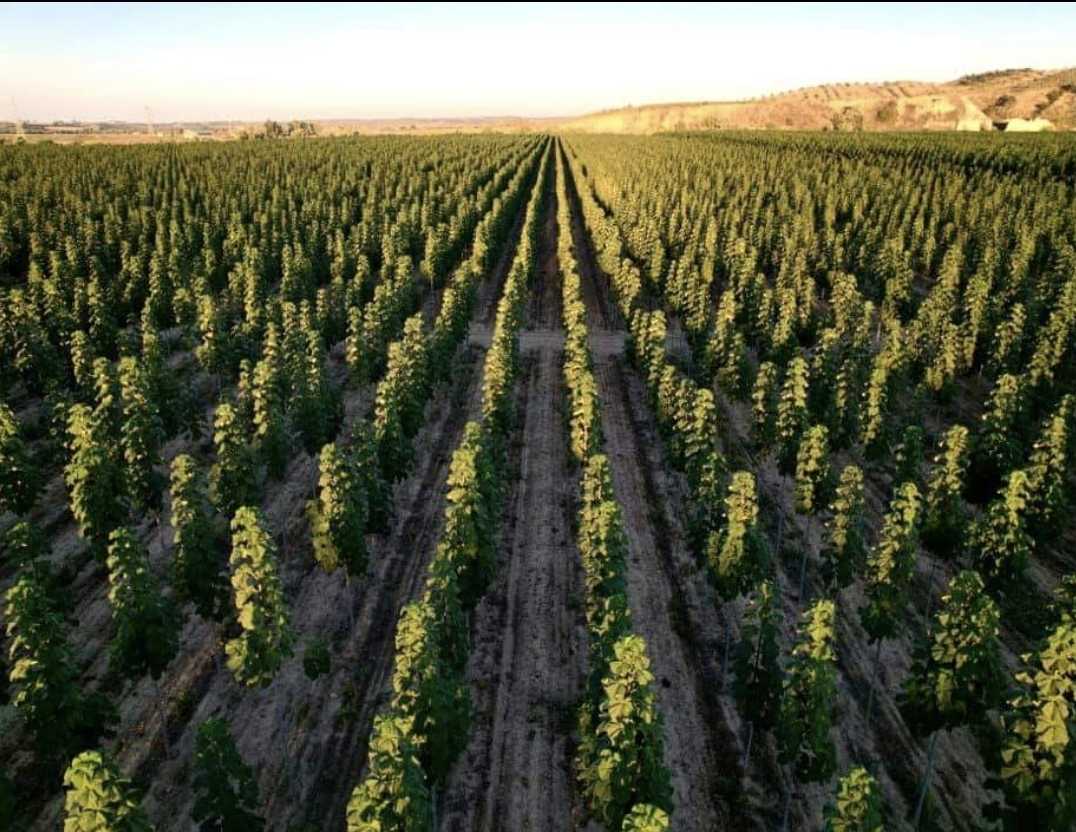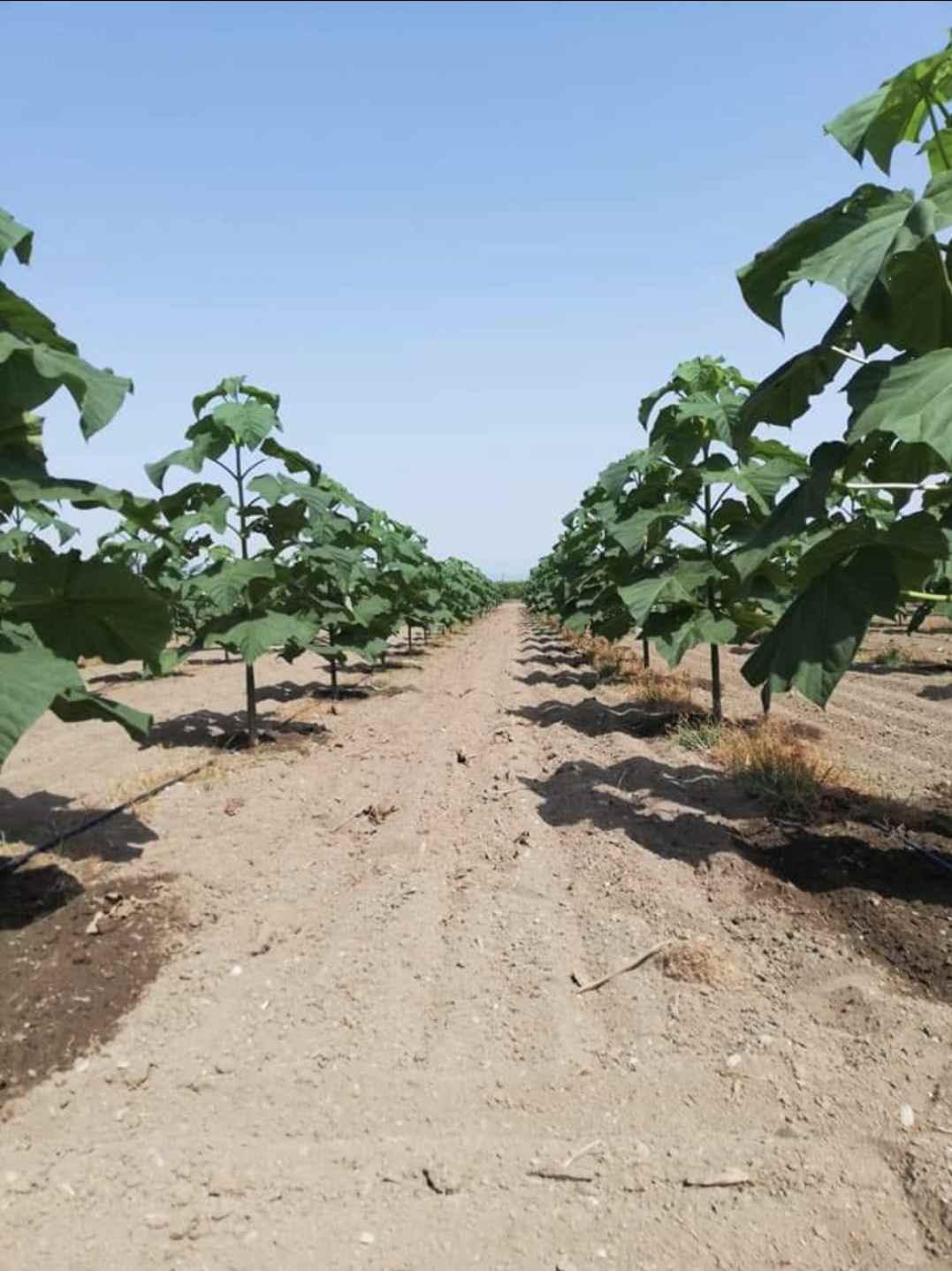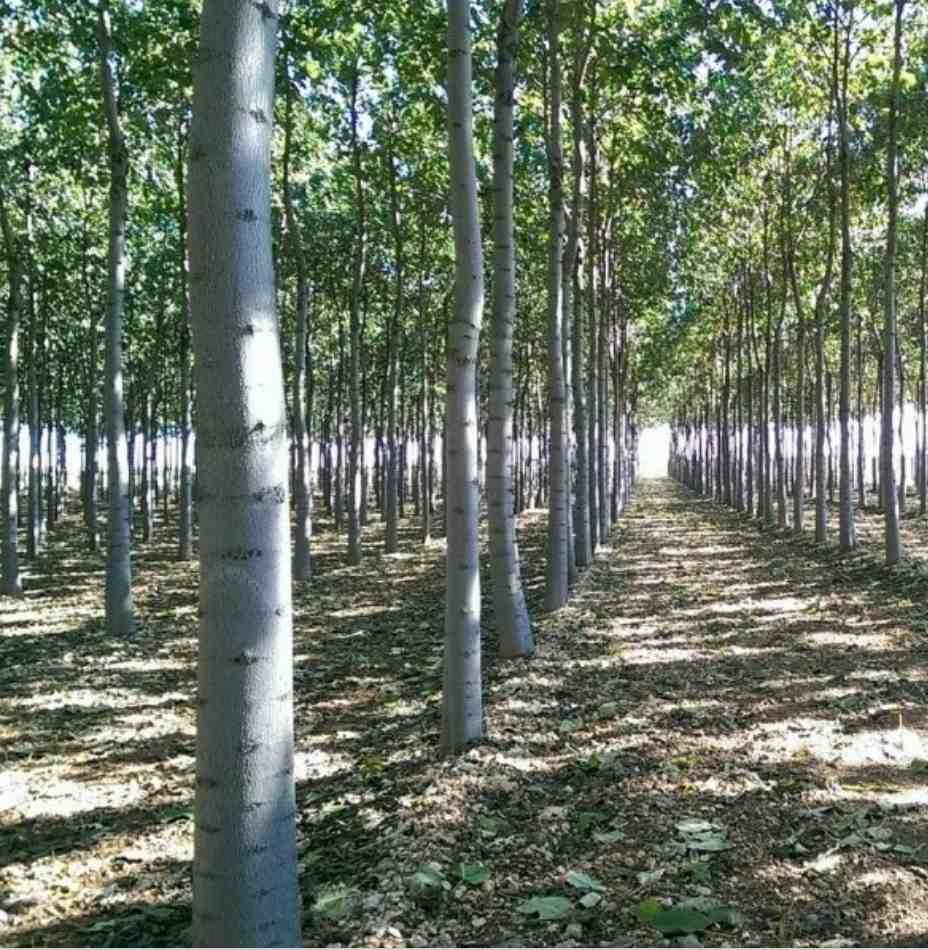Menu
Paulownia
The tree it blooms for about 4-6 weeks in early spring, after the 3rd year.
It is used as a tree for decoration, shade and landscape areas, and the leaves are huge, the shade under the tree is excellent.
Where is it most often planted?
New factories where there is a lot of free space.
At the Villa
In the garden and courtyard for shade
On the streets and boulevards in the cities
In parks
Interblock space and before block space
For the shadow of the bees
Yards of schools and government buildings
City sidewalk
Alleys for shade for cyclists and pedestrians Newly built boulevards
Hotel parking lots
Plantations for the purpose of extracting material, own needs and biomass Creating small groves Field and uncultivated land Agricultural areas Waste lands Contaminated soils to purify
Care
Always let it grow only one steam.
Care begins in spring. This includes watering, removing shoots and fertilizing. Usually, until about the second year, there are the biggest cares and duties, after which only the newly emerged shoots are removed so as not to interfere with the growth. Watering is about 10-15 liters of water per week per tree. Fertilization takes place at the beginning of July with about 100 grams of ammonium nitrate, which is applied on a 50 cm diameter around the sapling.
What to expect?
With proper care, only 2-3 years. can exceed over 8m in height. They begin to bloom around the beginning of May, lasting about 6 weeks.
Paulownia wood is stronger and lighter, and this quality makes it in demand for landscape.
It has huge leafs that create bold shade.
It is very fast growing tree that many people are looking when it comes to creating shades anywhere. It will blow off your expectations and it will exceede it.
Paulownia as logging bussines and artificial forest
The paulownia tree is native to China and Japan. It is one of the fastest growing trees, growing even faster than bamboo in the right conditions. The qualities and benefits are incredibly many, and the main advantage over all other trees is its rapid growth. The only tree that can reach dimensions up to 15 m and a trunk over 50 cm in diameter in less than 10 years. The tree does not die after cutting and has a service life of about 80 years
Where to plant?
Enterprises and factories where there is a lot of free space Plantations for the purpose of extracting material, own needs and biomass Creating small groves Field and uncultivated land Agricultural areas Waste lands Contaminated soils to purify
Care
Care begins in spring. This includes watering, removing shoots and fertilizing. Usually, until about the second year, there are the biggest cares and duties, after which only the newly emerged shoots are removed so as not to interfere with the growth. Watering is about 10-15 liters of water per week per tree. Fertilization takes place at the beginning of July with about 100 grams of ammonium nitrate, which is applied on a 50 cm diameter around the sapling.
Expectations
With proper care, trees last only 2-3 years. can exceed over 6m in height. They begin to bloom around the beginning of May, lasting about 6 weeks. For logging, the wood is expected to be ready in about 8-12 years depending on care. Paulownia wood is stronger and lighter, and this quality makes it in demand for making surfboards. In the wood of the tree there is always a hole in the middle in the core. The market is expected to become even bigger in the next 5-10 years. The prices of wood vary from BGN 150 to EUR 600 for 1 cubic meter.





